Hisense E8Q is a television that clearly draws heavily from the U7Q model – and that’s a great thing. After all, this is its European version, not another “slimmed down” mutation. After just a few moments with this screen, it’s clear that the E8Q is putting up a fight. And in many areas, it really succeeds. To start with – what impresses is that the blacks are deep, the contrast is high, and the brightness exceeds the threshold that we can simply call satisfactory. Add to that nearly perfect fluidity of tonal transitions, and we have an image that looks very mature, especially for this price segment. In gaming? Just as good. VRR, ALLM support, 144 Hz in 4K, and even 240 Hz in Full HD – it’s hard to find fault here. Well… almost. Because the E8Q has one additional flaw compared to the U7Q – the sound. In our unit, at moderate volume levels, the back of the cabinet began to resonate, producing rather unpleasant crackling noises. This might be a flaw of the test unit, but since the U7Q simply performed better – it’s worth noting. Especially if you find both models at a similar price. We can confidently state that the E8Q is a television that can confidently fight for the attention of those looking for a quality Mini-LED at reasonable prices. If a good price opportunity arises, it’s definitely worth it – because we receive almost the same as in the U7Q. And that means a really solid picture, excellent gaming features, and overall very good equipment that you can stick with for a while.
- Matching (Score)
- Our verdict
- TV appearance
- Where to buy
- Contrast and black detail
- HDR effect quality
- Factory color reproduction
- Color reproduction after calibration
- Smoothness of tonal transitions
- Image scaling and smoothness of tonal transitions
- Blur and motion smoothness
- Console compatibility and gaming features
- Input lag
- Compatibility with PC
- Viewing angles
- TV efficiency during daytime
- Details about the matrix
- TV features
- Apps
- Playing files from USB
- Sound
Hisense E8Q vs Sony BRAVIA 5 (XR5)
Direct compare
E8Q
Bravia 5 / XR5
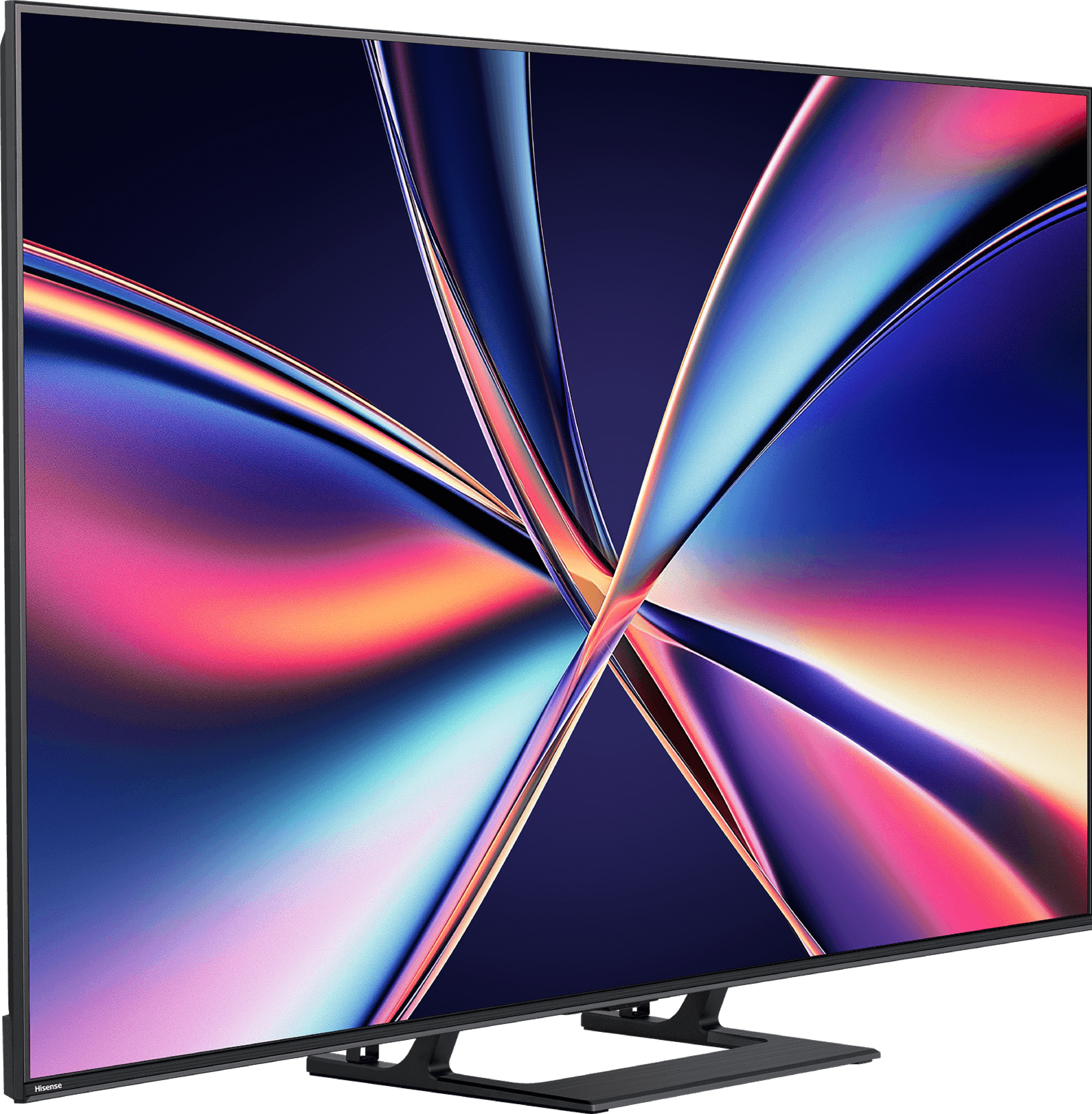

Panel type: LCD VA
Resolution: 3840x2160
System: VIDAA
Model year: 2025
Complete the survey to find out the result

Panel type: LCD VA
Resolution: 3840x2160
System: Google TV
Model year: 2025
Complete the survey to find out the result

Overall rating
7.2
7.6
Movies and series in UHD quality
6.7
7.0
Classic TV, YouTube
6.8
7.4
Sports broadcasts (TV and apps)
6.5
7.2
Gaming on console
8.0
8.7
TV as a computer monitor
8.6
8.0
Watching in bright light
6.2
6.9
Utility functions
8.9
7.6
Apps
7.7
9.6
Sound quality
7.2
7.0
Complete the survey to find out what fits your preferences
Advantages
Great contrast and deep blacks
Very good smoothness of tonal transitions (close to reference level)
High brightness
Supports 4K 144 Hz and even 240 Hz in Full HD
VRR, ALLM, G-SYNC – a full package for gamers
Low input lag
Many classic TV features built into the VIDAA system
Exemplary upscaling and digital image processing – Sony's proprietary XR processor
Very good picture quality after calibration
Solid contrast for a Mini-LED screen
Great support for HDR content thanks to Dolby Vision and dynamic tone mapping
High motion smoothness at 120Hz
Outstanding input lag (7 ms at 120 Hz)
Very good compatibility with PC – super readability of fonts, support for G-Sync and FreeSync Premium Pro.
Google TV at its best, fast and without annoying glitches
2 remotes included
Pleasant, loud sound at 40 W from a 2.2 system.
Disadvantages
No support for HGiG (makes setting HDR on consoles difficult)
Poor viewing angles – typical for VA panels
Closed VIDAA system – lack of some applications
Inferior sound quality compared to the twin model U7Q
Algorithms need refining – despite the increased number of dimming zones, contrast and brightness in difficult scenes sometimes fall short compared to the X90L
Screen mirroring practically didn’t work with Windows and Android
Only two HDMI 2.1 ports – for a TV of this class, that is definitely not enough, especially if someone plans to connect a console, soundbar, and additional devices
Our verdict
Sony Bravia 5 is the continuation of the iconic X90L model, and it's clear that the manufacturer aimed to take a step forward. A greater number of backlighting zones have been implemented, which makes the contrast seem better in many scenes, with deeper blacks than its predecessor. The 120 Hz panel and MotionFlow system allow you to tailor the fluidity of the image to your own preferences – from a slight cinematic texture to crystal smooth motion in sports and games. This is a device that is unafraid of any content, because regardless of whether we're watching a match, an action film, or a concert, the image maintains clarity and character. However, the true strength of the Bravia 5 remains its XR processor. It's what makes older materials look better than they should – upscaling works like magic here, smoothing out noise, improving gradation, and providing coherence even to content of lower quality. As a result, in everyday use, the Bravia 5 can surprise, because instead of battling with signal imperfections, it extracts the maximum from them. Additionally, there's excellent colour reproduction once calibrated, as well as dynamic tone mapping with Dolby Vision mode, allowing you to enjoy details even in challenging, high-contrast scenes. However, it cannot be hidden that at several moments, the Bravia 5 has let us down significantly. Despite the greater number of zones, brightness and contrast are not always better than in the X90L – sometimes they even perform worse. This raises a sense of wasted potential, as we were hoping for a greater qualitative leap. After all, we are talking about a true MINI-LED television here. Nevertheless, the Bravia 5 remains an excellent TV for those who want to enjoy quality image above all. If you're looking for a model that can impress with smooth motion, extracts details from difficult scenes, and works wonders with older materials, the Bravia 5 will easily meet these expectations. It's a television that sometimes cannot quite match the competition in certain respects, but still defends itself with what Sony does best – cinematic imagery.
TV appearance
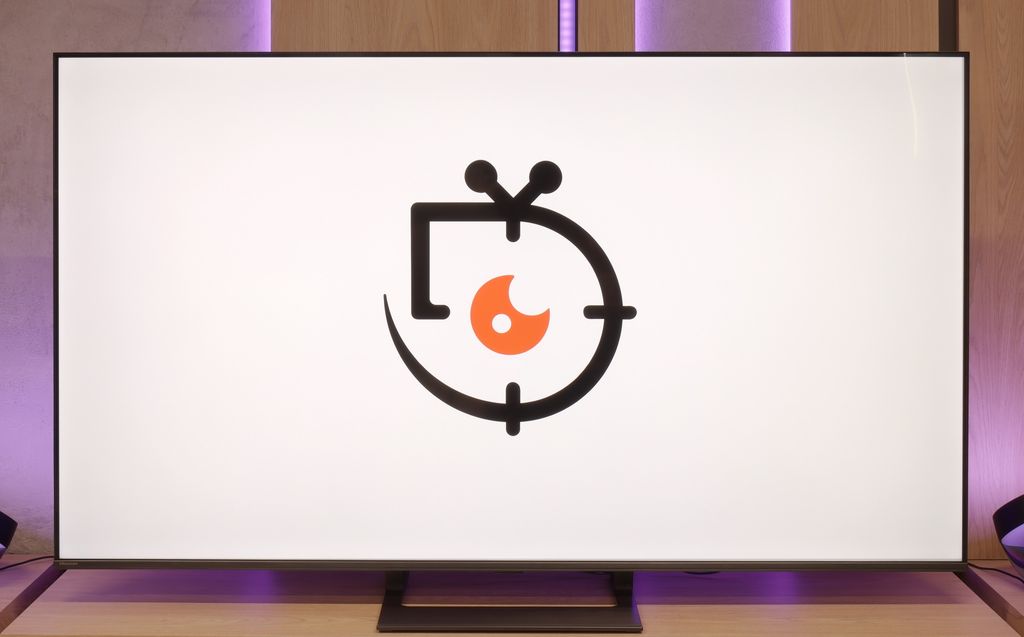
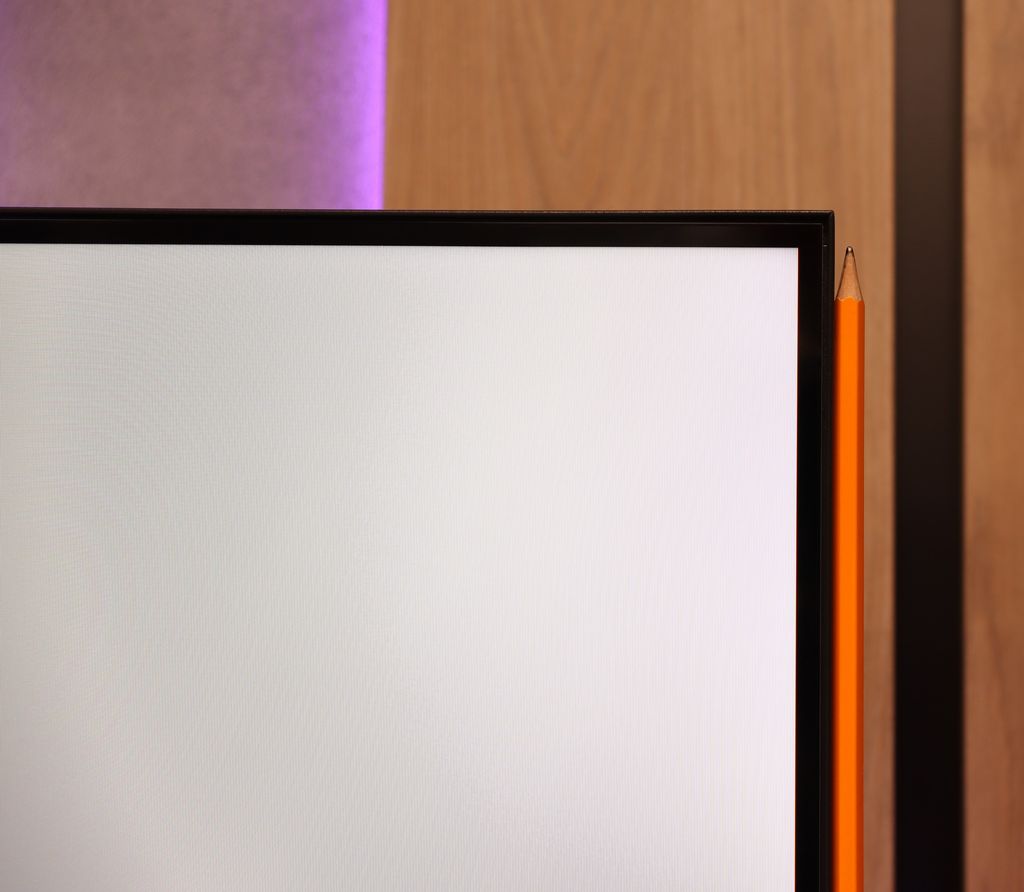
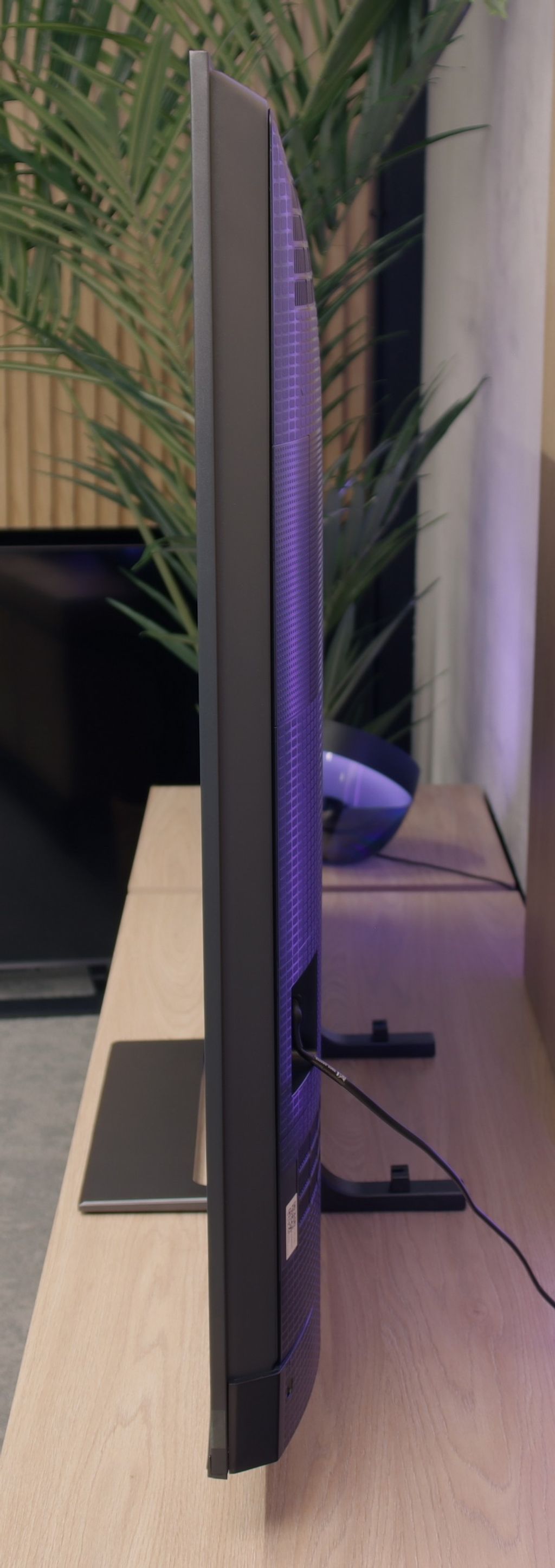
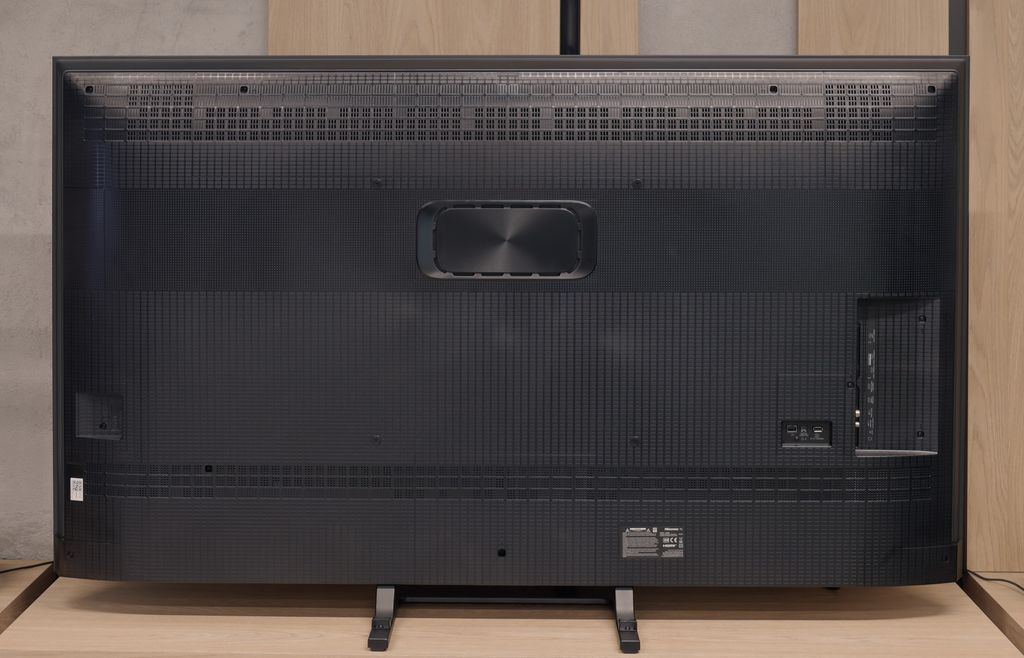




Contrast and black detail
7.6/10
7.5/10
Local dimming function: Yes, number of zones: 220 (10 x 22)
Local dimming function: Yes, number of zones: 190 (10 x 19)
Contrast:

Result
277,000:1

Result
43,700:1

Result
15,750:1

Result
8,850:1

Result
6,350:1

Result
104,650:1

Result
23,850:1

Result
21,300:1

Result
9,350:1

Result
6,450:1
Halo effect and black detail visibility:
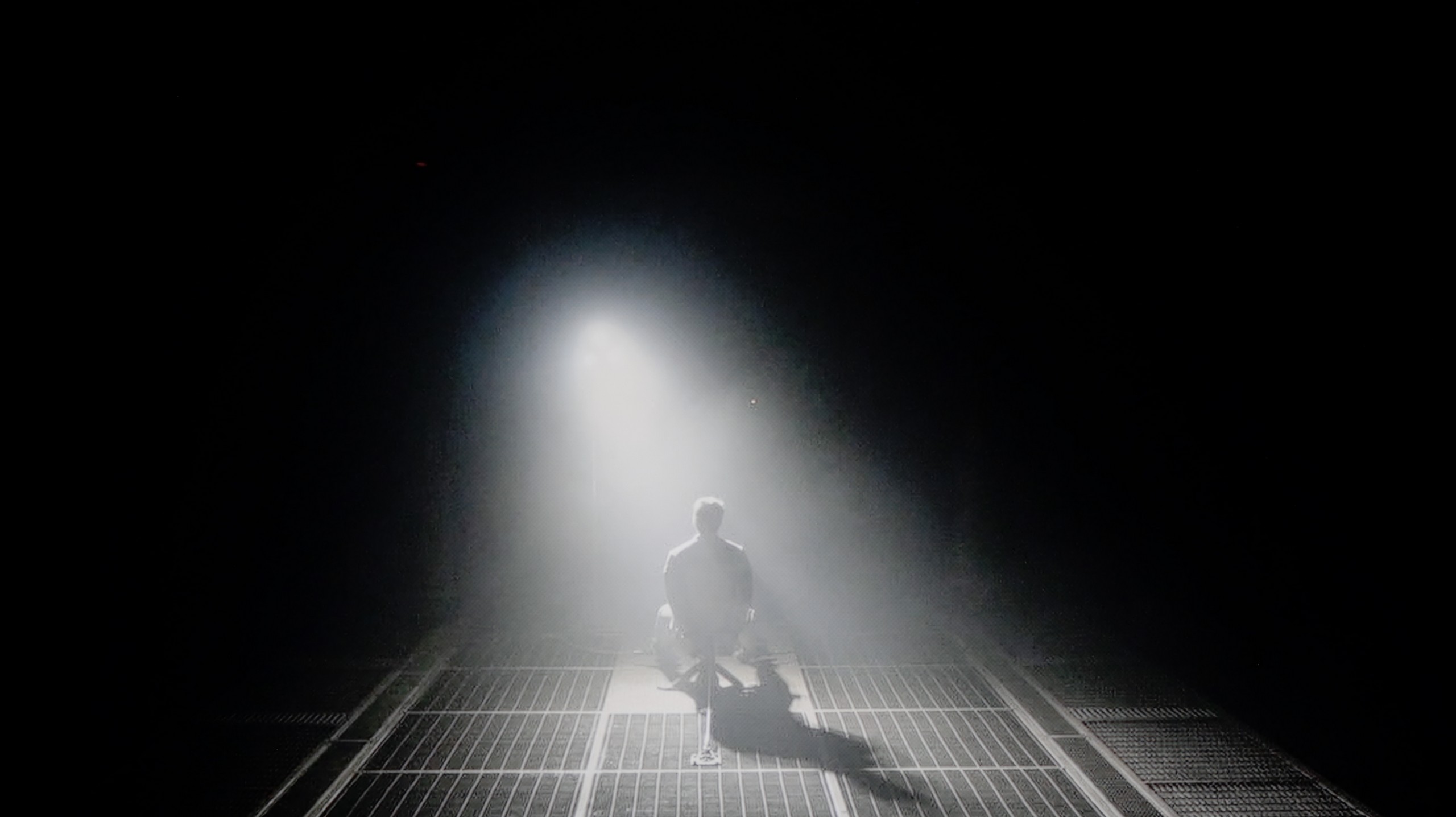

Similar to the U7Q, the E8Q model uses a VA panel and Mini-LED backlighting. The number of dimming zones also remains at a very similar level – in the 65-inch variant we tested, we counted 220 zones, which is exactly the same as in the U7Q. On paper, it looks really good for this price segment, and even better – in practice. The contrast is high, and the black can be really deep. In many scenes, the lights are clearly separated, and the image gains a sense of space. This is one of those cases where Mini-LED shows it can come close to OLED quality – of course, assuming we understand the limitations we have to consider. In very challenging scenes, there may be slight brightening or a minor halo effect around bright objects, but these are phenomena typical of this technology and are not very noticeable. Ultimately – the contrast and blacks in the E8Q are really solid, nearly identical to the U7Q model. It's hard to nitpick, especially when we look at the price of the television.
Bravia 5 is the entry-level TV in Sony's Mini-LED series for 2025, so naturally we start with the most important thing – how it performs with blacks and contrast. After all, the term "Mini-LED" today sounds almost like a magic spell. In theory, this means thousands of tiny diodes arranged in zones that are meant to work in harmony, dimming and brightening the image so that the viewer's eye perceives more depth than with a classic LCD. In practice, in the 65-inch Bravia 5, we counted around 200 backlight zones. Is that a lot? Definitely more than its predecessor, the legendary X90L model, but when you look at Chinese manufacturers who can pack in hundreds, sometimes even thousands of zones – it comes off as rather modest.
One might expect that combining a greater number of zones with the refined dimming algorithms that Sony has accustomed us to over the years would result in a qualitative leap compared to the X90L. Meanwhile – and this is where a slight disappointment arises – tests showed that the results are surprisingly similar to last year's model. Don't take this the wrong way: the contrast, for an LCD TV with local dimming, is really solid. In most scenes, bright elements are separated from dark ones with surgical precision, and the effect can be breathtaking. But when more demanding shots appear on screen – those that mercilessly test the capabilities of the backlight – it becomes clear that the hardware has its limitations.
Therefore, one could say that in terms of blacks and contrast, the Bravia 5 doesn't so much disappoint as rather fails to meet the hopes that the initial announcements ignited. We were hoping for at least a slightly better performance than its predecessor, and we got "only" good contrast. And that “only” is the key word here – because good contrast in Sony’s rendition still means a level that most competitors would be proud of.
HDR effect quality
4.5/10
5.4/10
Luminance measurements in HDR:

Result
531 nit

Result
148 nit

Result
320 nit

Result
100 nit

Result
625 nit

Result
637 nit

Result
320 nit

Result
550 nit

Result
251 nit

Result
731 nit
Scene from the movie “Pan” (about 2800 nits)


Scene from the movie “Billy Lynn” (about 1100 nits)


Static HDR10


Dynamic: Dolby Vision
Dynamic: Dolby Vision


HDR luminance chart:
Sony BRAVIA 5 (XR5)
HDR luminance
Hisense E8Q
HDR luminance
Since the E8Q is a twin of the U7Q, it’s no surprise that the HDR effect quality is almost identical. On paper, it looks promising – a peak brightness of 800 nits can impress in many scenes. Moments like light flashes in “The Meg” or shots of the sun in “Life of Pi” can indeed create a “wow” effect. But the longer we watch, the more we notice the limitations. The problem arises when small, bright details need to be shown against a dark background. In such situations, the dimming algorithms try to protect the contrast, but in the process, they also dim what should shine the brightest. Instead of dazzling details, we get almost invisible points of light. This is typical for Mini-LED in this price segment and is not surprising – but it’s worth knowing that the HDR effect will not always be fully preserved. Fortunately, the colour reproduction provides reasons to be pleased. A coverage of the DCI-P3 palette of about 94% is a very good result, and the quantum dot layer used (more precisely, PFS) does its job – colours are saturated and vibrant, especially with 4K content.
Looking at similar results in terms of black levels and contrast, we expected the same stable performance as last year's model when it comes to HDR content. Unfortunately – and this must be said plainly – there has been a regression here that is hard to miss. The paradox is that the peak brightness of the Bravia 5 can be impressive: in our synthetic tests, the TV reached around 1000 nits in HDR. Sounds great, right? The problem is that this power doesn't always have a real impact on all movie scenes. When small, pinpoint elements appear on the screen, something that in Sony's case was usually fine-tuned with surgical precision, this time it clearly falters. The algorithms try to maintain deep blacks around small objects, but the side effect is that details can be dimmed to the point of becoming barely visible. One only needs to bring up the example of the movie Sicario 2 – there, in some scenes, small light sources practically vanished as if someone had covered them with dark film.
Of course, not everything looks so dramatic. In simpler, brighter scenes, where the image is filled with more light, the Bravia 5 shows that it can shine: literally and figuratively. At those times, the TV achieves values in the range of 600–800 nits, which we saw both in synthetic tests and during movie screenings. The impression is really positive; the brightness adds dynamism, and the colours look vibrant and fresh. However, there remains a certain dissonance. We feel a slight confusion because it is evident that something has gone in the wrong direction. Technological progress – more zones, more backlight power – has not been supported by the kind of refined image management that we usually associate with Sony. Fortunately, there are elements that have not been compromised and are actually at a very high level. We are talking about colour reproduction. Thanks to the use of the PFS filter, the colour palette coverage is excellent – about 97% DCI-P3 and 75% BT.2020. These values allow for a truly wide colour reproduction, giving films a natural and cinematic character.
Factory color reproduction
6.5/10
5.5/10
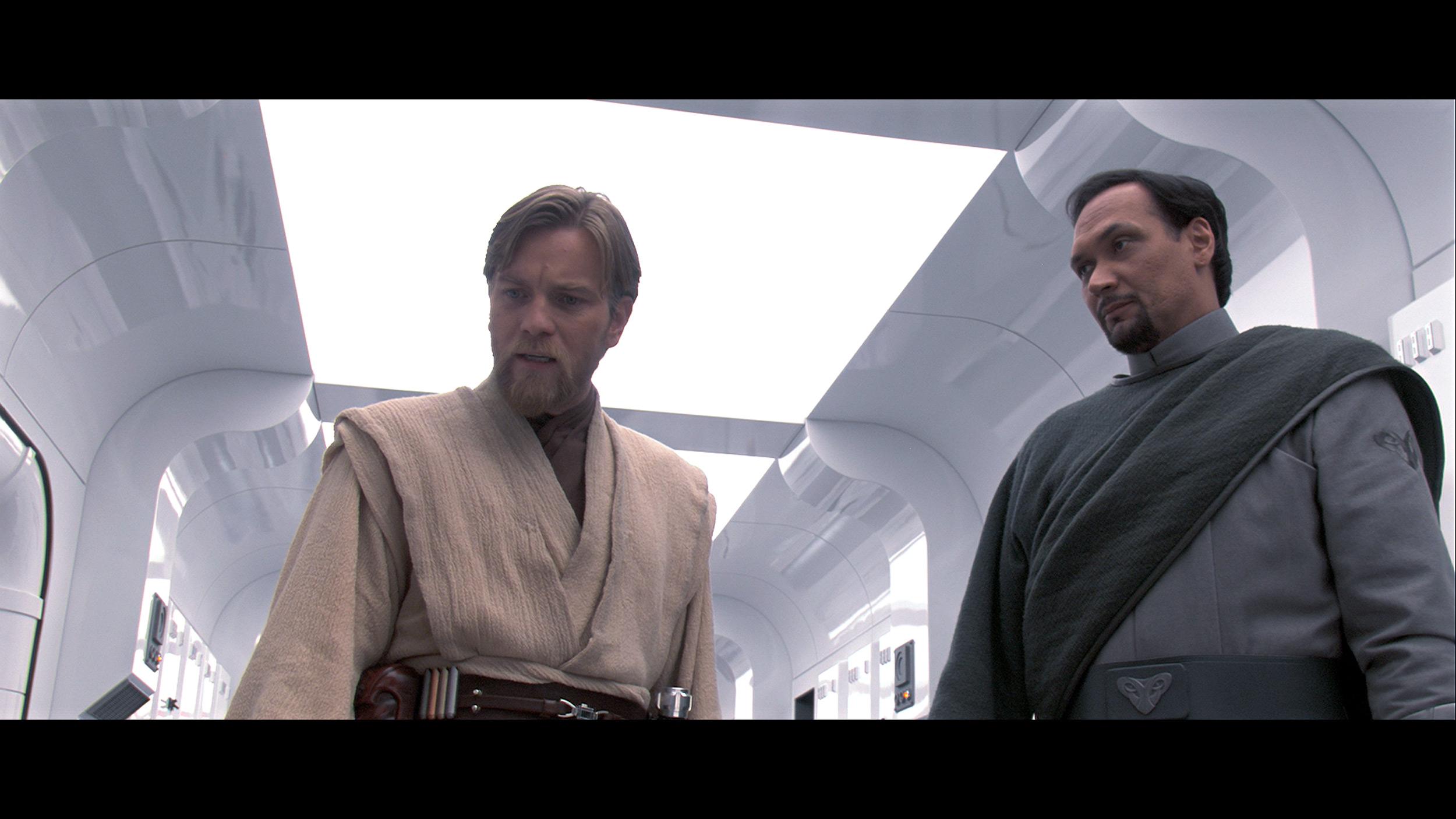
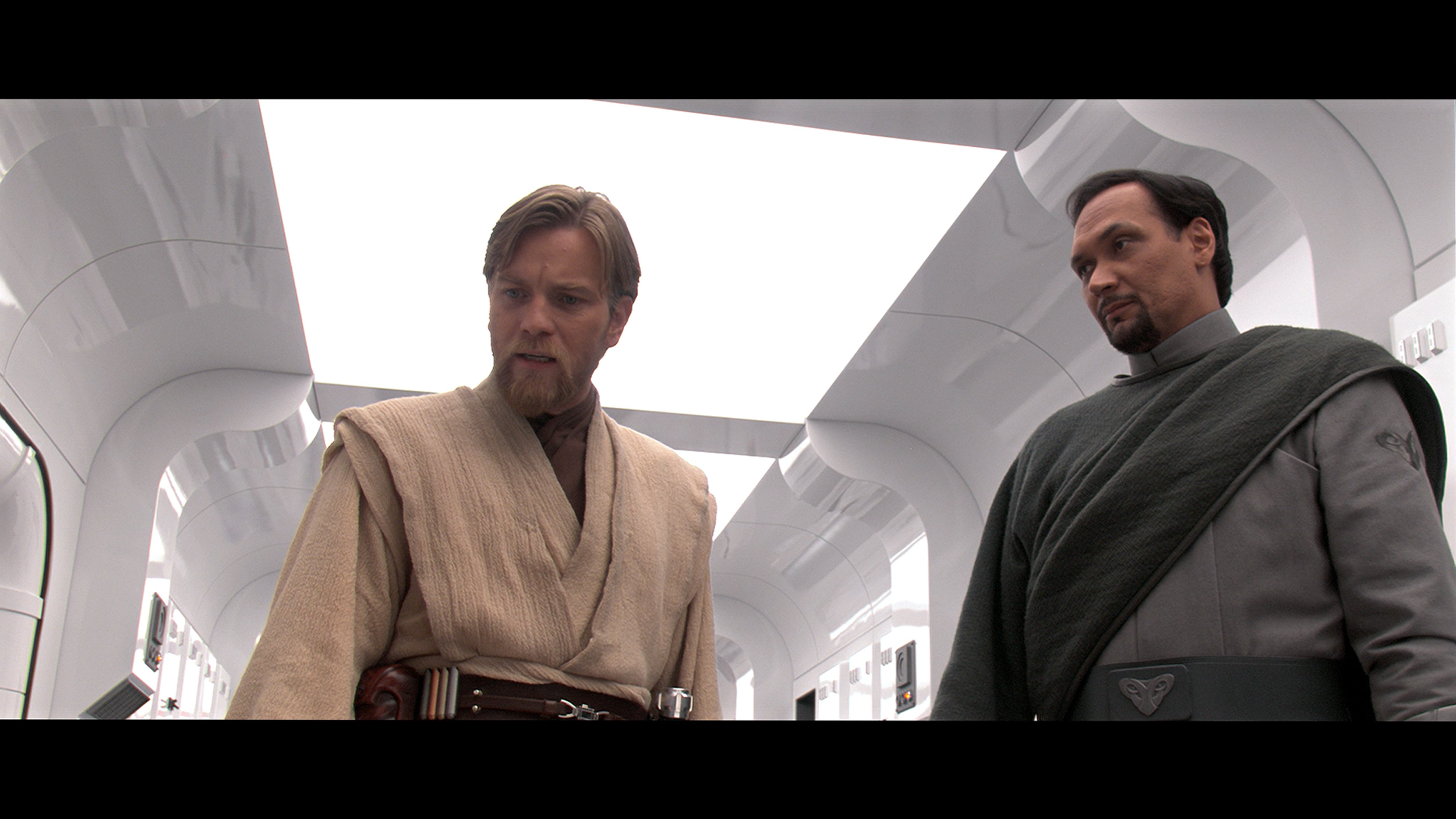
Factory Mode
After calibration


Factory Mode
After calibration
Testing the Hisense E8Q in Filmmaker mode, we were hoping for a potentially neutral picture resembling the director's vision. Unfortunately – although it doesn't look too bad on paper (the colour reproduction errors aren't significant), in practice the image feels somewhat unnatural. The reason? The blue colour is boosted too strongly and there is a deficiency of red in the white balance. The effect? Scenes appear cool, and the white seems slightly bluish. Alongside the U7Q model, we also noticed a specific approach to brightness management here. The brightness reproduction curve for HDR content (EOTF) shows that the TV can significantly dim small, bright elements on the screen to maintain contrast – but sometimes it goes too far. On the other hand, it can excessively brighten larger, very bright areas, which disrupts tonal balance. It's a compromise that may not suit everyone – especially if you want a potentially faithful picture straight out of the box.
Sony Bravia 5 was obviously tested in the best possible mode, which is the Movie mode. Right out of the box, it delivers the most natural colours, definitely better than anything offered by the "eco" or "dynamic" modes, which are more suited for a store display than a living room. However, the Movie mode alone does not guarantee that we can always expect cinematic picture quality. In SDR content, we had no significant complaints – the slightly warmed white balance gave the scenes a golden hue, but it was nothing that was glaring. However, a problem arose with HDR materials. Here, the colour reproduction simply looked bad. The white balance was heavily skewed – with an excess of blue and a clear lack of red. At times, it resembled the store mode of "super vivid picture," where everything is blown out and artificially boosted.
This situation made brightness management seem too aggressive as well. The EOTF graph clearly showed that the television has trouble with overexposing many scenes right out of the box. And while we know what Sony televisions are usually capable of, it was hard to remain indifferent here – that’s why we quickly decided to go for calibration.
Color reproduction after calibration
7.4/10
8.9/10
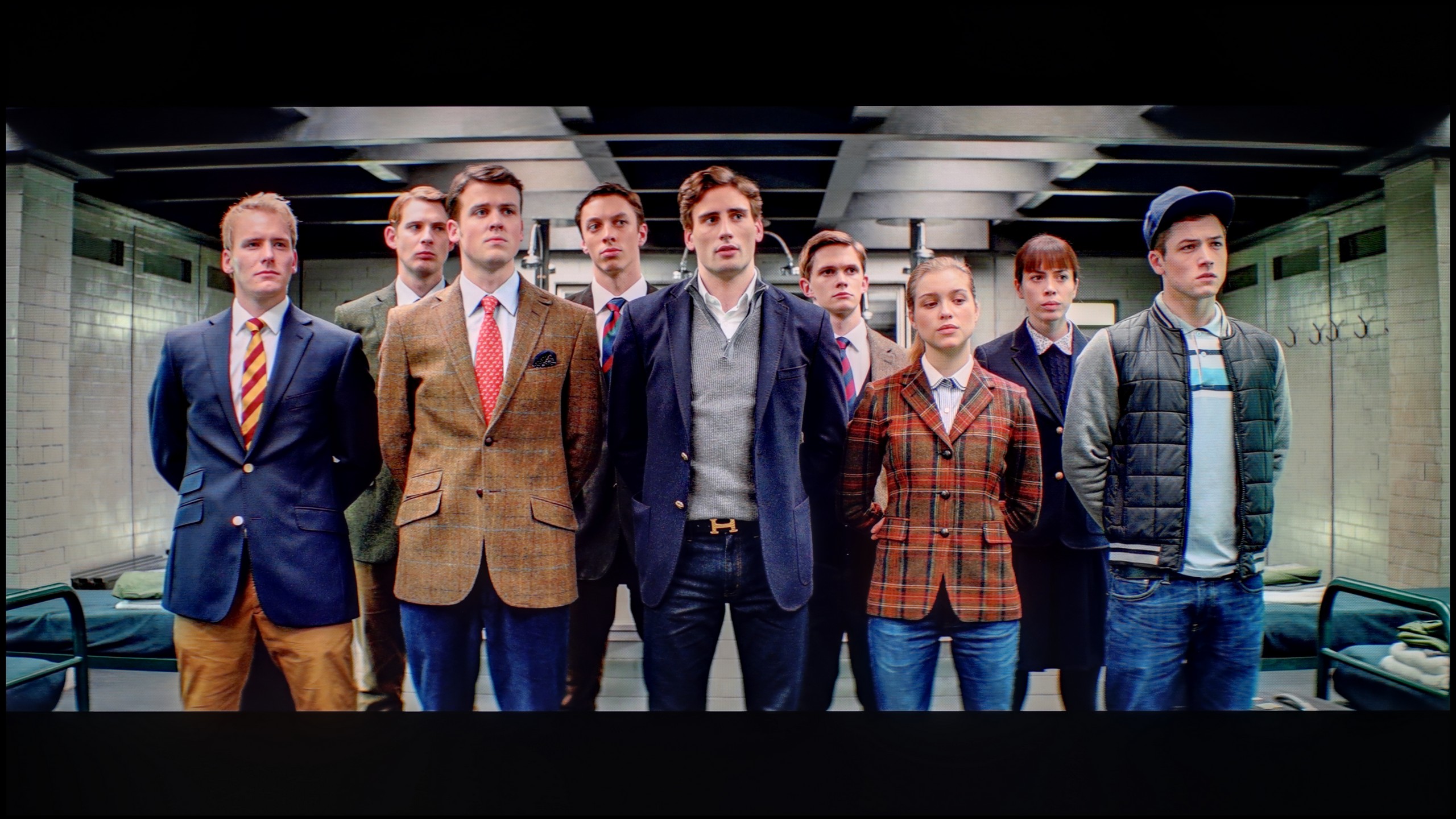

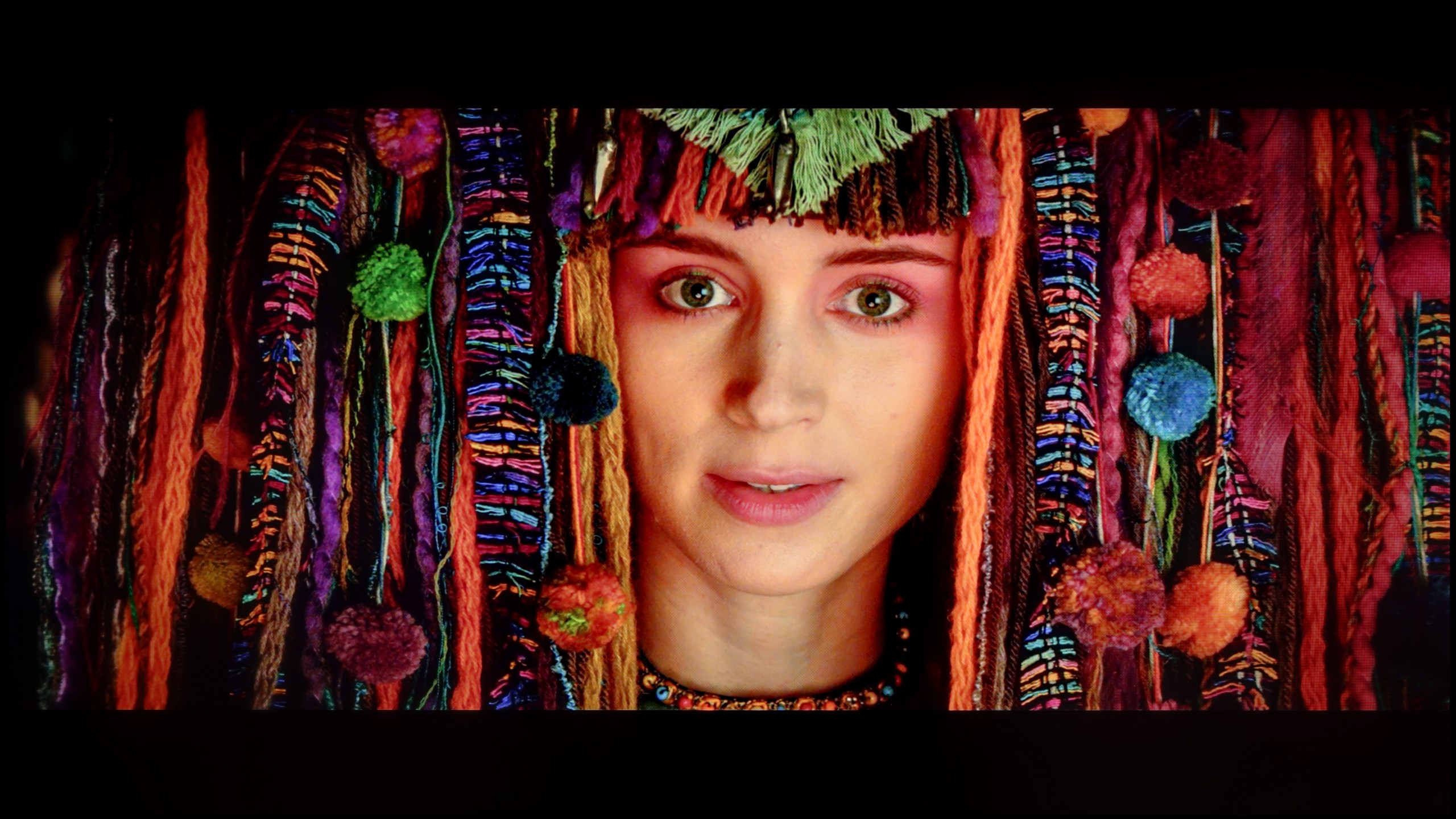

Calibration of the Movie mode yielded really good results, especially regarding SDR content. The white balance was successfully adjusted, giving the image a natural look – it appeared almost reference-level. The colours were well-saturated, and the overall experience of the content improved significantly. Unfortunately, when we switched to HDR materials, the familiar issues from the U7Q model returned. The TV still likes to "do its own thing," as seen from the analysis of the EOTF brightness characteristics – despite calibration, the E8Q still darkened small details in the shadows, while brighter parts of the screen were sometimes excessively boosted. In practice, this means that in darker scenes, some of the smallest details could simply disappear. Although it's worth noting that the entire calibration process brought a lot of good, not everything can be bypassed – even with the use of professional tools. The E8Q can impress with its picture, but in HDR content, its construction limitations become apparent, and it's worth keeping this in mind.
After calibration, the situation changed dramatically. We managed to tune the white balance so that entire scenes began to look more natural, and the image gained coherence and elegance. In HDR, we finally got rid of that unwanted clipping effect that had previously spoiled some shots. Suddenly, it turned out that the Bravia 5 can extract much more from films than the first contact "straight out of the box" suggested. Indeed, if we look at the graphs and compare them with the standards, we can see that the beginning of the EOTF curve slightly strays beyond the reference line. However, this is not so much a calibration error as it is a natural limitation of the Mini-LED technology that cannot be bypassed. Sony, rather than clinging tightly to perfect black, prefers to prioritise the visibility of details – and in practice, it’s hard to disagree with that. We prefer to see the texture of the material on the screen rather than a pitch-black spot where all nuances disappear.
The calibration itself was really beneficial. After about an hour spent on settings, we felt that the image resembled that of the best cinema halls – of course on a home scale, but with the same sense of quality and refinement. And in such moments, we remember why we love Sony televisions: because once we fine-tune them, they reward us with a picture that captivates for long hours.
Smoothness of tonal transitions
9.9/10
8.8/10






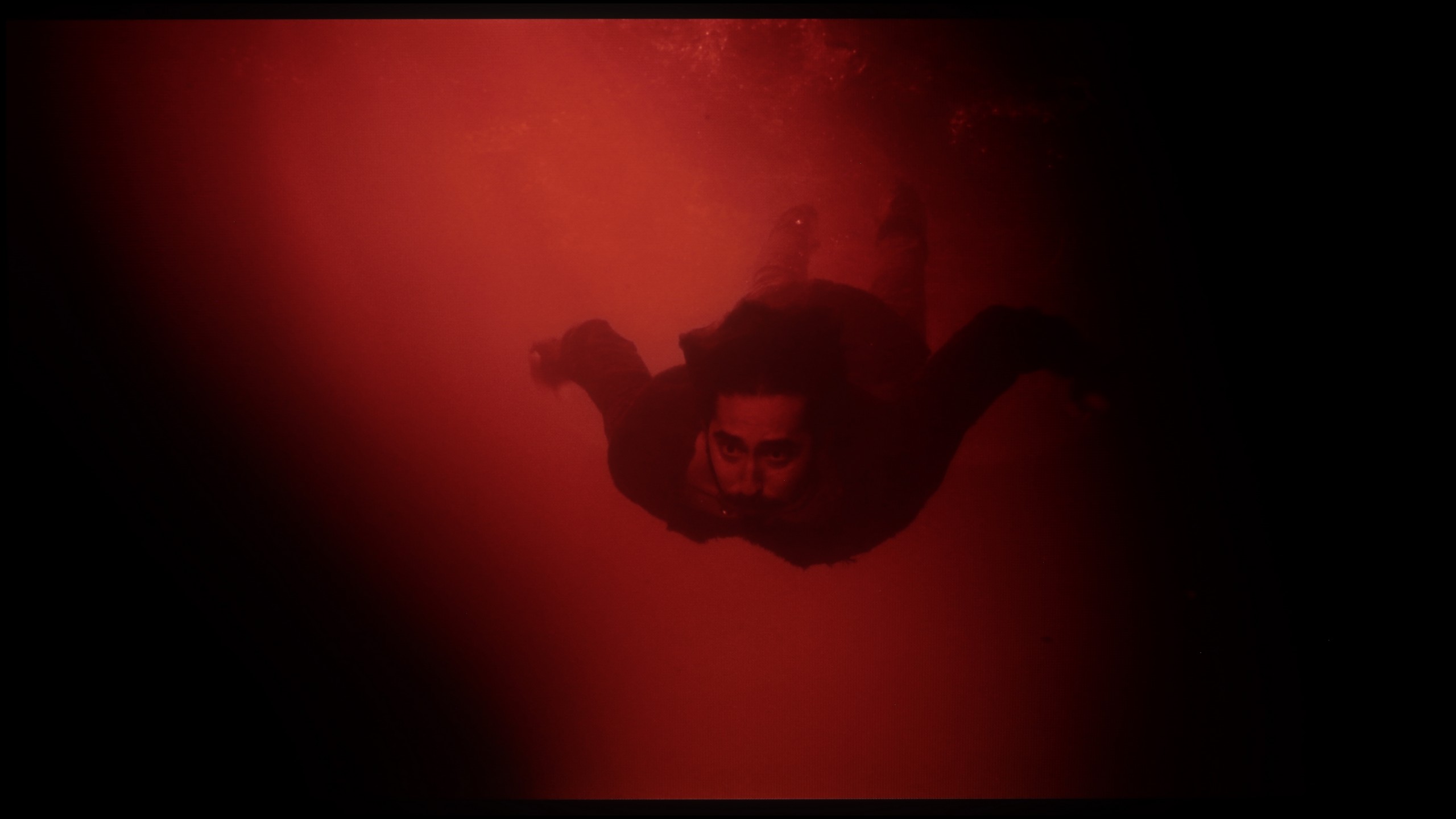





In this category, the Hisense E8Q really demonstrates its quality. The transitions between colours are very smooth, without any "steppings" or clear boundaries between tones. The image looks natural, and the colour gradation performs exceptionally well – even in more challenging scenes. If there are any minor imperfections, they are subtle enough not to be noticeable. It's hard to find fault here – it looks almost perfect.
Tonality transitions are nothing more than the way a television handles blending colours and shades – from light to dark, from saturated to pastel. If the device struggles with this, you see characteristic "stairs" instead of smooth transitions, and the image loses its naturalness. It's those moments when instead of getting immersed in the film, we start glancing at the screen thinking, "hey, something's off here." Fortunately, in the Sony Bravia 5, such situations are practically non-existent. This is a huge advantage because nothing distracts our attention from the plot or the excitement of sports. The television performs best in bright scenes, where the colour transitions are smooth, and the blending of colours is nearly invisible. The effect is so good that sometimes it can feel like the image was painted in one brush stroke. Of course, there have been a few minor missteps. In darker scenes, certain imperfections can be noticed – slight banding or minimal gradation issues. For that reason, the Bravia 5 received a few negative points from us. Nevertheless, in the vast majority of situations, the television performs excellently and comes through this test with flying colours.
Image scaling and smoothness of tonal transitions
6/10
8.5/10
Smooth transition function
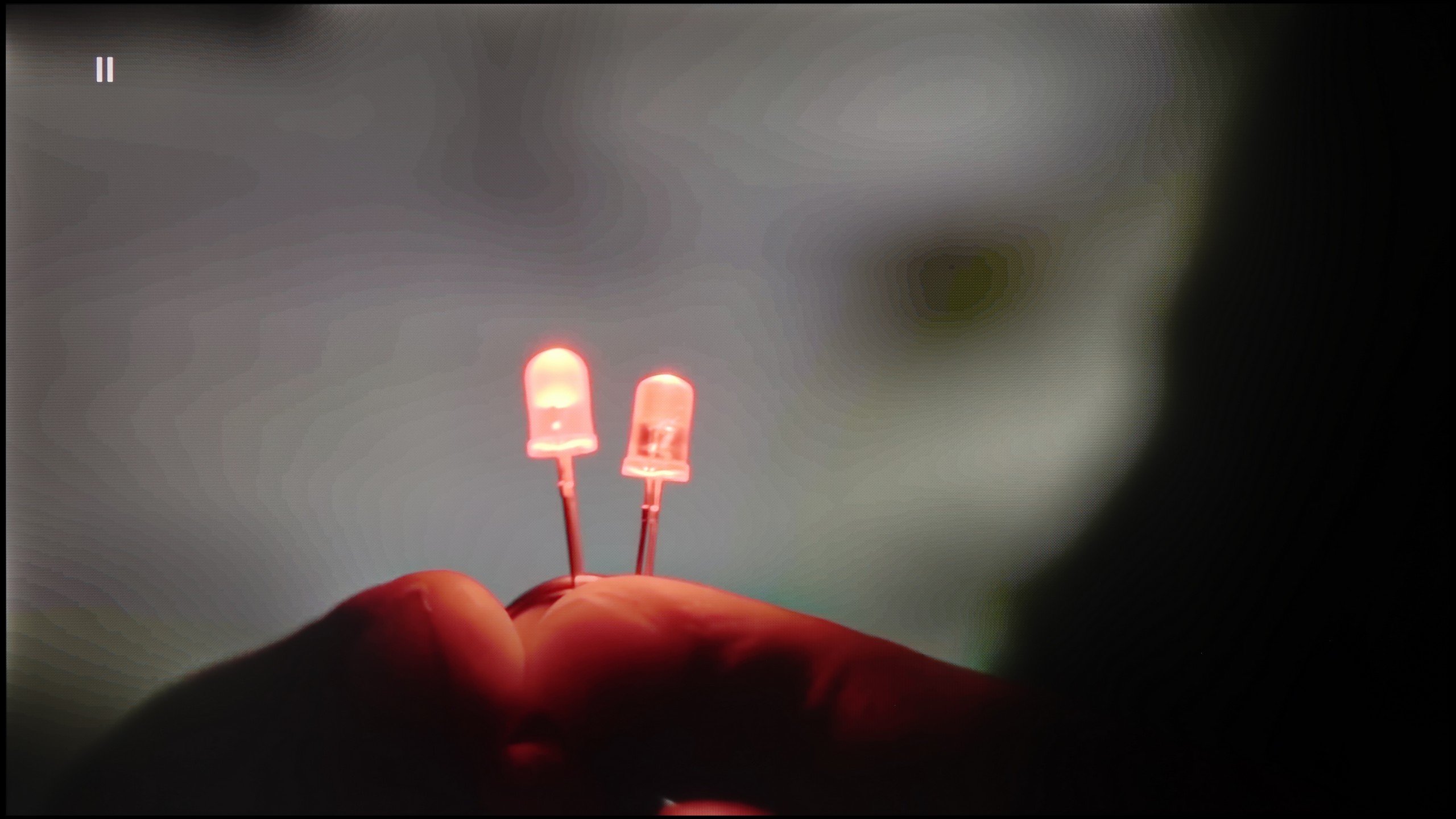

Image without overscan on the SD signal


In the case of older materials of lower quality, gentle smoothing of tonal transitions often comes in handy. The Hisense E8Q, like the U7Q, has a "Smooth and Gradient Picture" feature, but unfortunately, its effectiveness leaves much to be desired. The "Low" setting is nearly invisible in operation, while higher settings blur details instead of improving transitions. The good news is that the feature does not compromise film grain, which means it does not degrade the structure of the image. On the positive side, scaling is commendable. The TV can reasonably convert older content to a higher resolution – without artificially accentuating contours or excessive sharpening. Although it doesn't match the best models in this category, it performs quite well for its class.
Bravia 5 carries the genes of Sony, which remain intact – and thank goodness for that, because we're talking about absolutely exceptional digital image processing. It's no coincidence that for years, it's been considered that TVs from this brand set the standard for how a screen should handle lower quality materials. If someone still watches classic television, old films, or YouTube in lower resolutions, here they get equipment that can turn such content into a surprisingly enjoyable experience. On board, we find several tools worth activating. The first of these is "digital noise reduction." Set to a medium level, it works superbly – smoothing out tonal transitions that usually cause the most trouble in low-quality materials while introducing no artificial artifacts. Importantly, it also doesn't remove the cinematic character, which is the natural grain that is intentionally present in many productions. Another advantage of the Bravia 5 is the upscaling capabilities of the XR processor. The image presented after scaling is soft, yet sharp and clear. The outlines of characters are well-defined, and backgrounds maintain their texture without excessive artificial sharpening. It's hard to find a better TV for watching lower quality materials – Bravia 5 only confirms why Sony is considered the benchmark in this area.
Blur and motion smoothness
7.5/10
7.7/10


Blur (native resolution, maximum refresh rate):
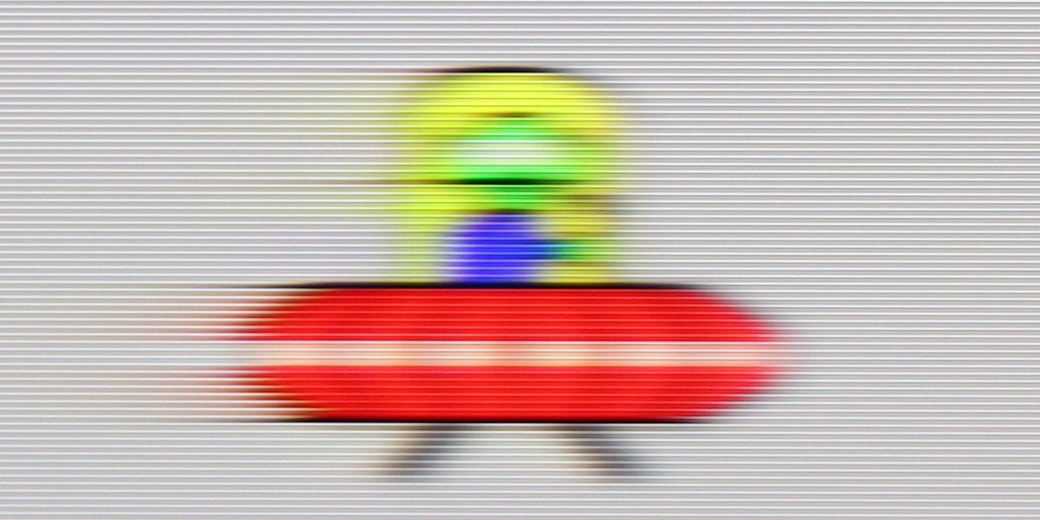
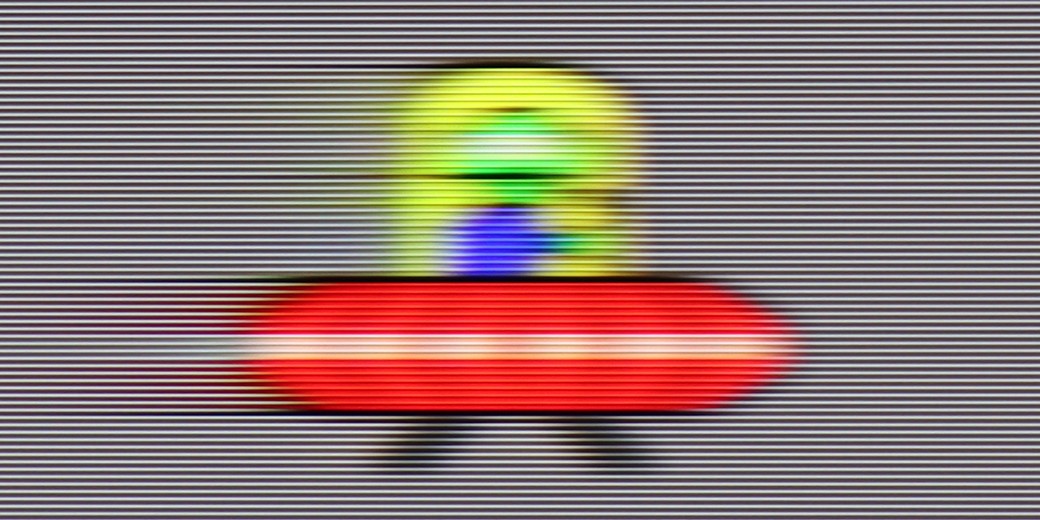
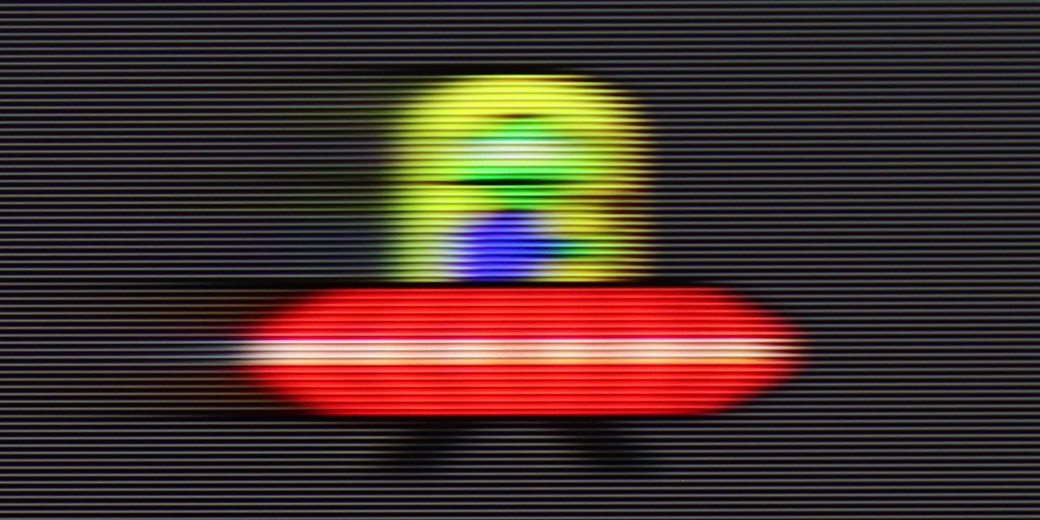



Blur (BFI function enabled):
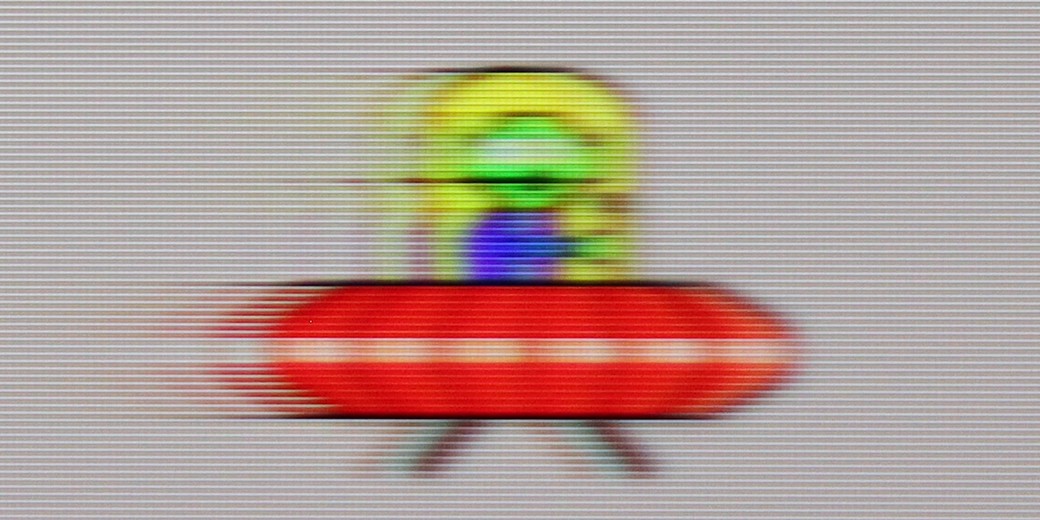





Smużenie (4K 120Hz):
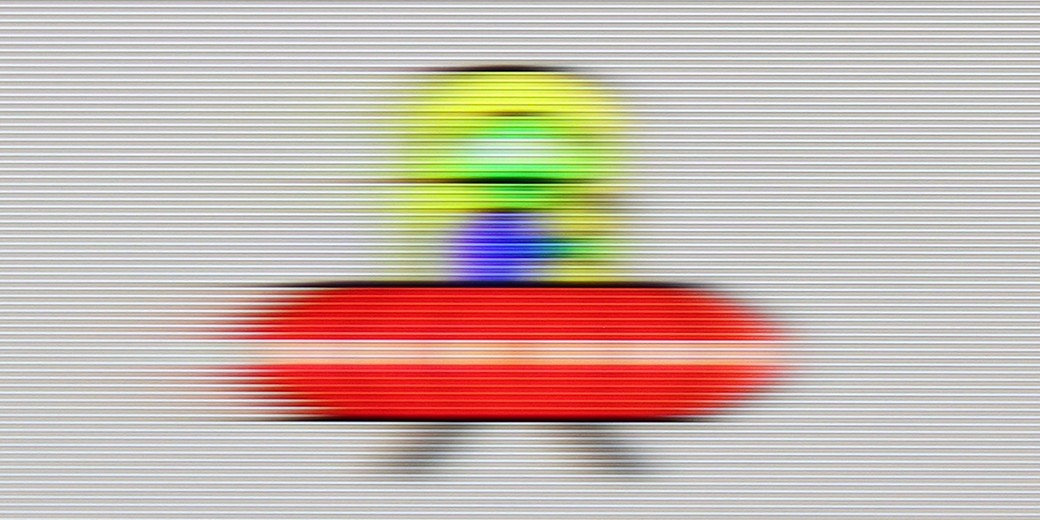
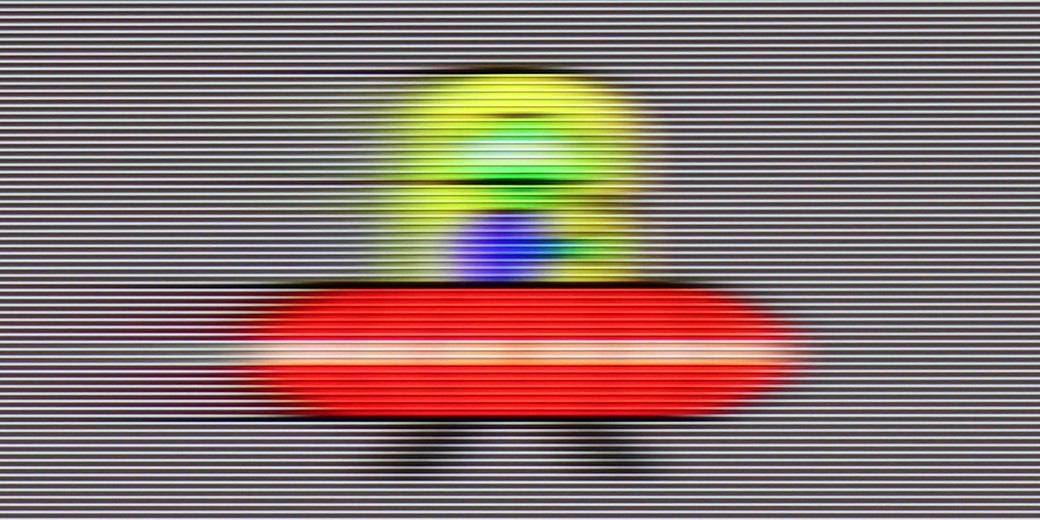
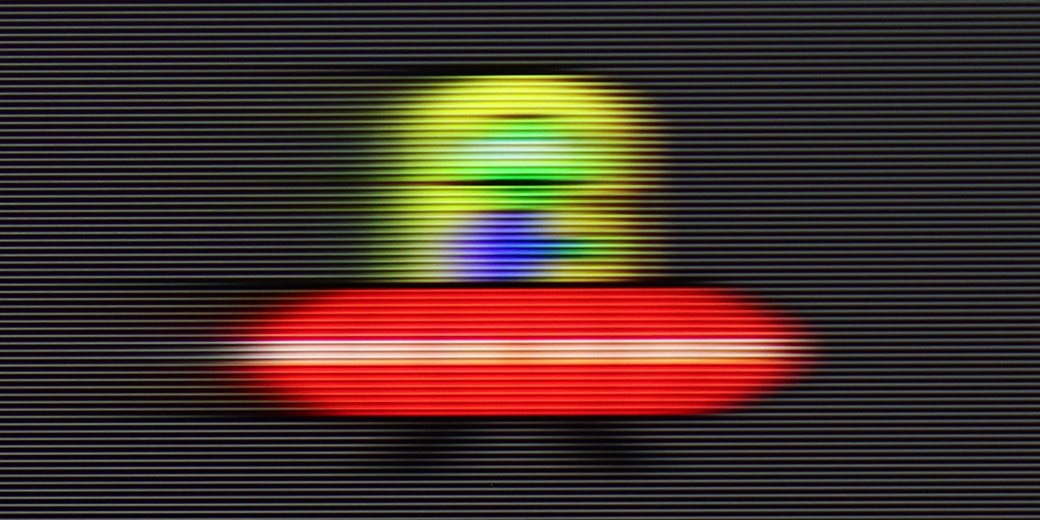
Smużenie (MotionFlow ON):



Similar to the U7Q, the E8Q model is a fast television designed with dynamic content in mind. It supports a 144 Hz refresh rate at 4K resolution, and if for some reason someone is still gaming in Full HD – it can even reach 240 Hz. This is a significant advantage, especially for PC users looking for maximum smoothness. In everyday use, the television performs very well. The “Ultra Motion Smoothness” mode gives us two sliders, allowing you to set the picture to your preference – whether it's more cinematic with the film frame preserved or highly smoothed, almost “TV show-like.” It's good that the manufacturer provides a choice here, instead of imposing one style. On sports material, live broadcasts, or in games – motion looks clean and stable. Sure, it’s not at the OLED level, but for this price range, the E8Q does a really good job.
Bravia 5 has a 120 Hz panel, which in itself sounds like an invitation to watch sports, fast matches or spectacular action films. However, the real magic begins when MotionFlow – Sony's proprietary motion smoother – comes into play. Thanks to this feature, we can adjust the character of the picture to our own preferences. The "smoothness" slider allows us to transition from a cinematic feel with a slight "judder" to a theatrical fluidity, where every ball in the match glides across the screen as if on a string. The higher the value, the smoother and more fluid it is; the lower it is, the more film-like and natural it becomes. In the options, we also find an additional setting that Sony calls "clarity". This is nothing more than the BFI function (which inserts black frames) aimed at improving motion sharpness. It sounds great in theory, but in practice, it must be used with caution. Why? Because all higher settings cause brightness drops of up to half, and in some cases, contour doubling also appears. So if we want to use it, we recommend setting it to the lowest level – "1" out of the available ten. That way, we gain a bit better motion sharpness without risking losing half the brightness of the picture.
Console compatibility and gaming features
8.5/10
9.8/10
- ALLM
- VRR
- VRR range48 - 240Hz48 - 120Hz
- Dolby Vision Game Mode
- Correct implementation of HGIG
- 1080p@120Hz
- 1440p@120Hz
- 4K@120Hz
- Game bar
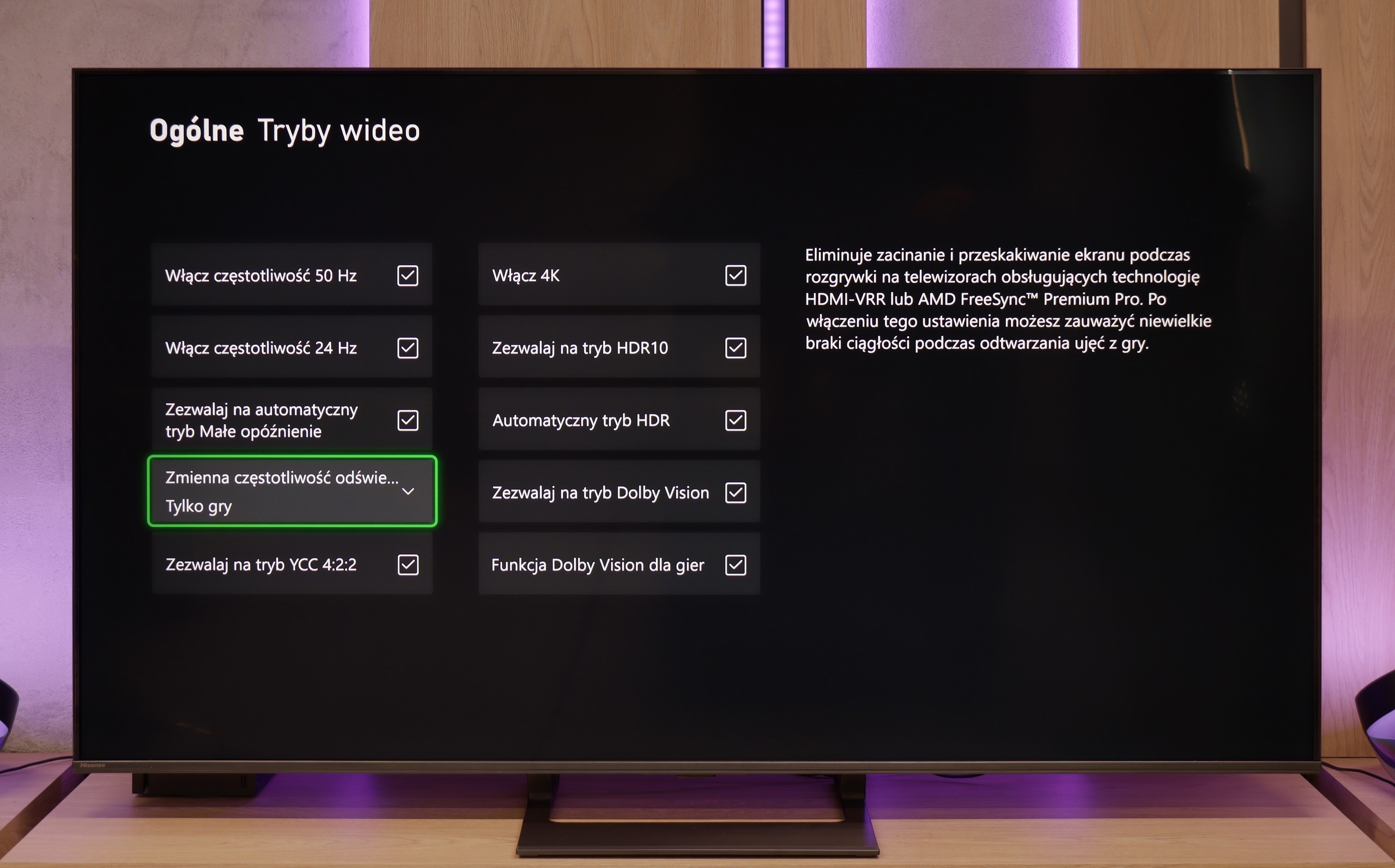

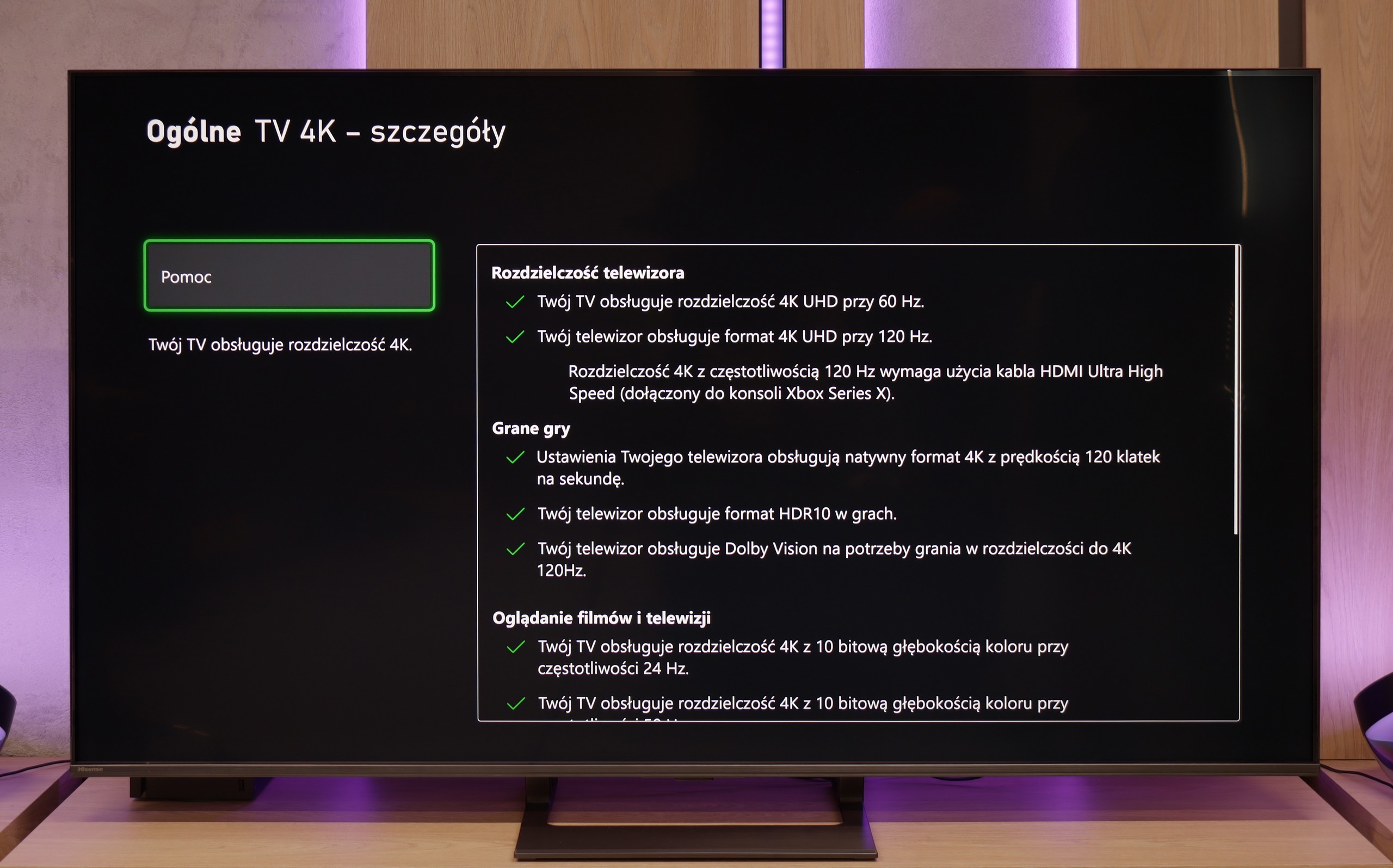

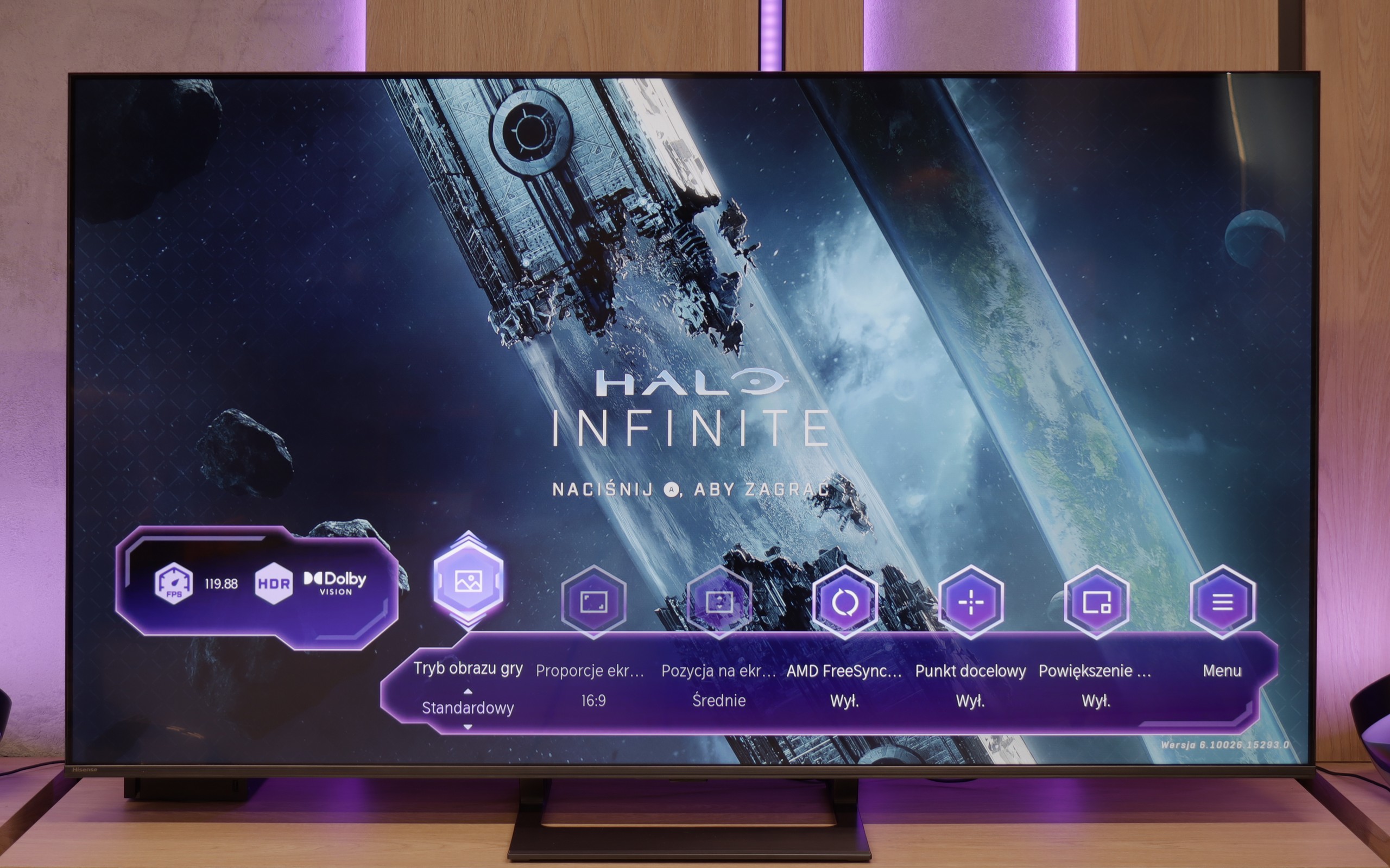

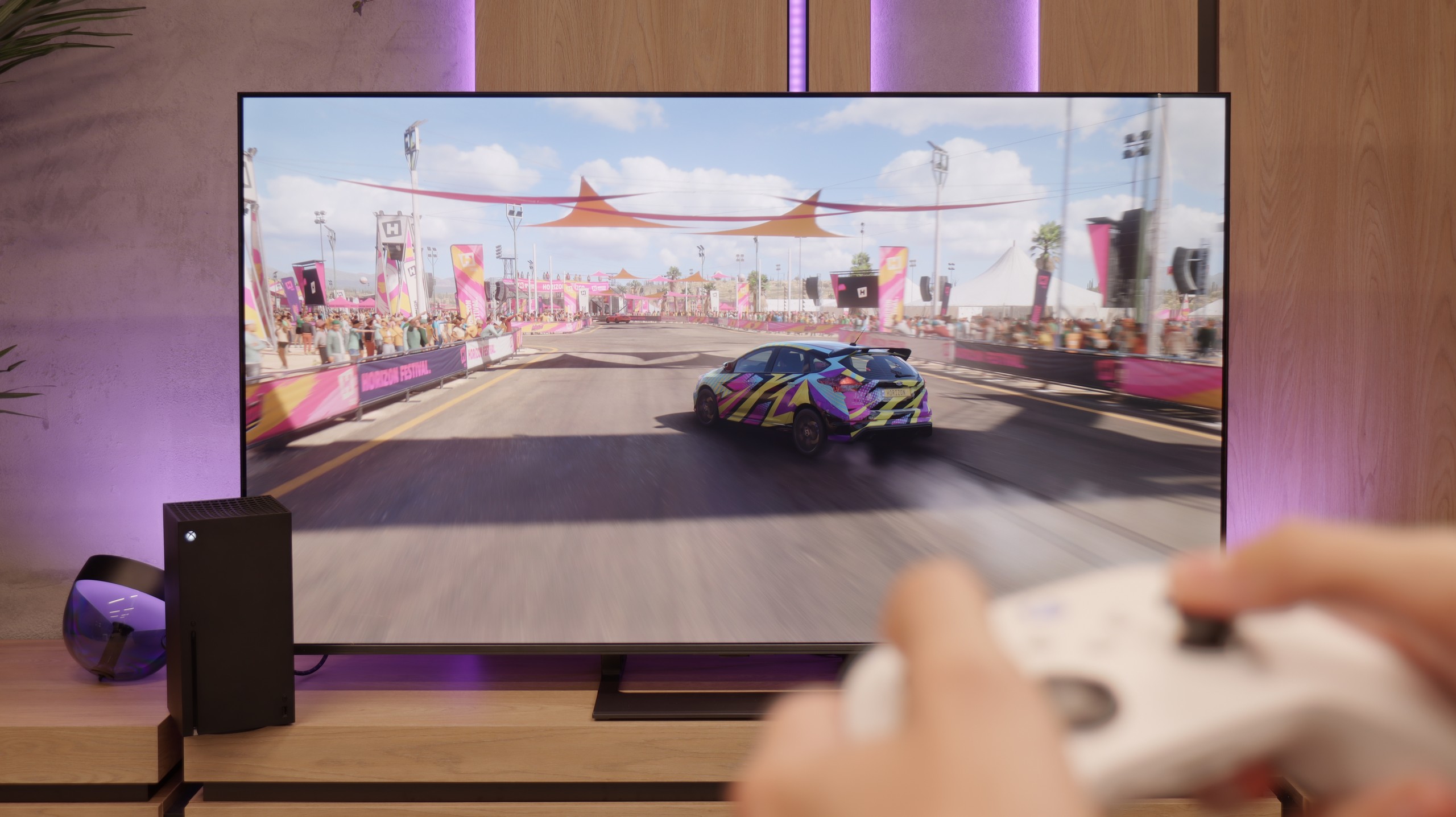

Hisense E8Q does not hide its gaming pedigree. Just the specifications reveal that we are dealing with a television that will perform excellently as a gaming screen. Variable Refresh Rate (VRR)? It's there. Automatic Game Mode switching (ALLM)? That's there too. Additionally, there's impressive refreshment – 120 Hz in 4K or even 240 Hz in Full HD. Such a set is rare in this price segment. Everything runs smoothly and without major surprises. The only missing element – similar to the U7Q – remains support for HGiG. It's a shame because this feature facilitates adjusting the brightness curve to the capabilities of the specific television, enhancing visual fidelity with the intentions of HDR game developers. Without it, manual tweaking of the settings is necessary, which does not always yield a satisfying result.
In the Bravia 5, there is a significant improvement compared to the X90L model from two years ago. The television offers literally everything its predecessor had, but this time the issues that could frustrate gamers have been addressed. Problems with setting the variable refresh rate (VRR) have disappeared, and there are no longer issues with configuring HDR content in HGiG mode. In short: we get a device that simply works as it should, without any hassles. So, the Bravia 5 has everything you can expect from a modern gaming TV – and it can be confidently advertised with the slogan "ready for PS5." That's something we couldn't say about the X90L model. Well done, Sony!
It's just a shame that this relatively high-priced model lacks a full set of four HDMI 2.1 ports. In everyday use, this won’t be an issue for most people, but if someone has a console, soundbar, and additional equipment connected via HDMI, at some point they'll have to choose or juggle cables.
Input lag
9.7/10
9.9/10
SDR
HDR
Dolby Vision
The E8Q handles delays very well. For 120 Hz content, the input lag is super low – practically imperceptible even for more demanding players. At 60 Hz, the values are slightly higher, but still comfortably within the "placebo" range – there's nothing to complain about. The biggest increase in latency was noted in Dolby Vision Gaming mode. The TV needs more time to process the signal then, but even in this scenario, it doesn't exceed 30 ms. These may not be ideal values, but for most players – especially console gamers – it won't be a problem.
When it comes to input lag, the Bravia 5 deserves a round of applause. Results of around 7 ms at 120 Hz content are nothing short of phenomenal – it's hard to imagine a gamer complaining about such responsiveness. Even at 60 Hz, where the lag increases to around 15 ms, we're still talking about values that absolutely don't spoil the fun and are practically unnoticeable. Moreover, Sony has finally tamed the Dolby Vision mode. In the X90L, it was practically unplayable – the delays rose to levels of even 150 ms. Meanwhile, the input lag on the Bravia 5 remains at the same low level as with other content. This is a huge improvement and further proof that this television can truly be called "gamer-friendly."
Compatibility with PC
8.6/10
8/10
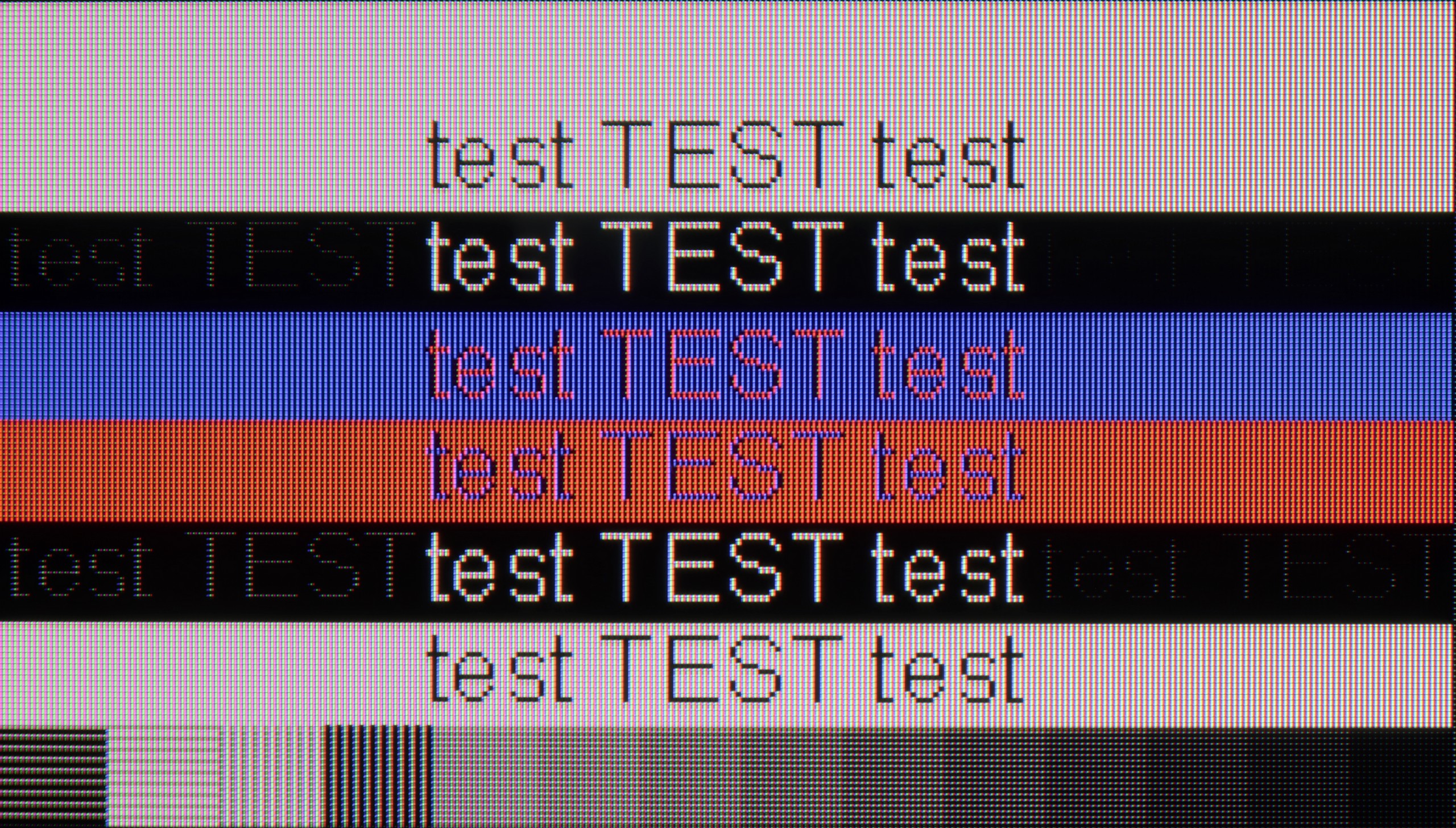

In terms of collaboration with the computer, the E8Q performs really well. It supports chroma 4:4:4 at full 4K resolution and the highest refresh rates, so the readability of fonts – even the smallest ones – is at a very good level. There are slight blurriness issues with exceptionally thin fonts, but in everyday use, it's hard to consider this a serious problem. A nice addition for PC gamers is the ability to achieve up to 288 Hz at lower resolutions. The E8Q communicates effortlessly with powerful graphics cards, making it an interesting choice not only for movies or consoles but also for gaming on the computer.
In this category, the Bravia 5 deserves an exemplary rating. The ideal readability of fonts thanks to 4:4:4 chroma support makes working on this TV a pure pleasure. Whether we are opening Excel, browsing documents, or simply surfing the web – the text is sharp, clear, and free from that characteristic “haze” which can effectively take away the joy of use in many TVs. The letters look as they should: distinct, sharp, and readable even up close.
We also have good news for PC gamers. The Bravia 5 has no problems at all with handling 120 Hz, working with both Nvidia and AMD cards, supporting G-Sync and FreeSync Premium Pro technologies. The result is that the image is not only smooth but also free from tears or micro-cuts that can ruin the experience even in the best-optimised games. You can easily connect a powerful PC and enjoy gaming on the big screen – without compromises, without frustration, and with full comfort. The only thing we could complain about is the lack of additional modes for gamers with higher refresh rates.
Viewing angles
3/10
3.2/10
E8Q, like most TVs with a VA panel, looks best when we're sitting directly in front of the screen. In this position, you can expect deep blacks, good colour saturation, and high contrast. Unfortunately, just shifting a little to the side causes the picture quality to drop – colours start to fade, and blacks become more grey than black. It's not surprising, but it's worth keeping in mind, especially if we plan to watch with a larger group from different spots in the lounge. On the bright side – in return, we get significantly better black levels than in IPS panels.
Bravia 5 uses a classic VA panel, and that means one thing – the viewing angles are not one of its strong points. For those with smaller screen sizes, this won’t be a problem, as sitting directly in front, the picture looks fantastic. However, with larger sizes, especially 85 inches, the situation becomes less comfortable. It’s enough to sit slightly off-centre on the couch to notice minor imperfections: the image begins to lose saturation, contrast weakens, and black takes on unwanted greys. It’s a shame that Sony did not opt for additional coatings, which in the case of VA panels can bring their capabilities closer to IPS levels. Such solutions exist, and some competitors make use of them. Here, they are missing, so one has to reckon with the fact that Bravia 5 best showcases its strengths when viewed head-on.
TV efficiency during daytime
6.2/10
6.9/10
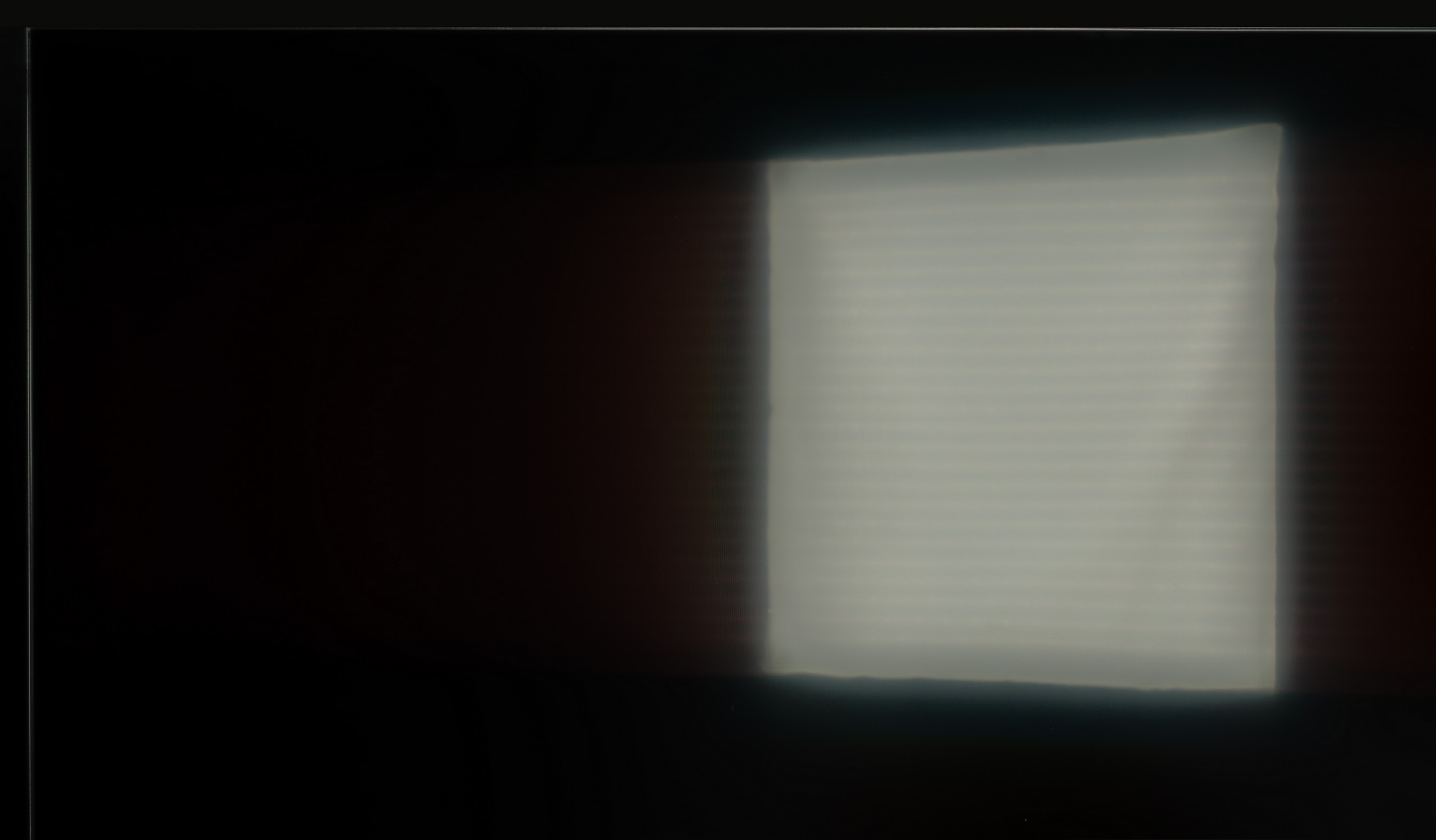



Matrix brightness
Average luminance SDR
Sony BRAVIA 5 (XR5) : 641 cd/m2
Hisense E8Q: 504 cd/m2
Hisense E8Q isn't afraid of bright interiors. Even when the sun is shining outside, the television can maintain good image readability. With a brightness level of around 500 nits, you can comfortably watch content during the day without feeling like everything is drowning in glare. The satin screen coating also helps to nicely minimise reflections – it doesn't completely eliminate them, but reduces them enough that they don't interfere with everyday viewing.
Bravia 5 is a piece of equipment that really performs well in challenging lighting conditions. Its high brightness ensures that even in the middle of the day, with the blinds wide open and sunlight streaming through the windows, the picture remains clear and sharp. There’s no feeling that we're watching a "washed-out" screen. The satin finish of the panel also plays a significant role in effectively reducing light reflections. Yes, some reflections do appear, but they are not strong enough to interfere with viewing. They are more like subtle glows that can be noticed when we consciously look for them, rather than a real problem day-to-day. Because of this, the Bravia 5 works well not just in the evening in a dimmed room, but also in bright living areas, where other TVs can falter. One could say that it's a "universally bright" model – suitable for both evening screenings and for watching news or sports in full sunlight.
Details about the matrix
Subpixel Structure:
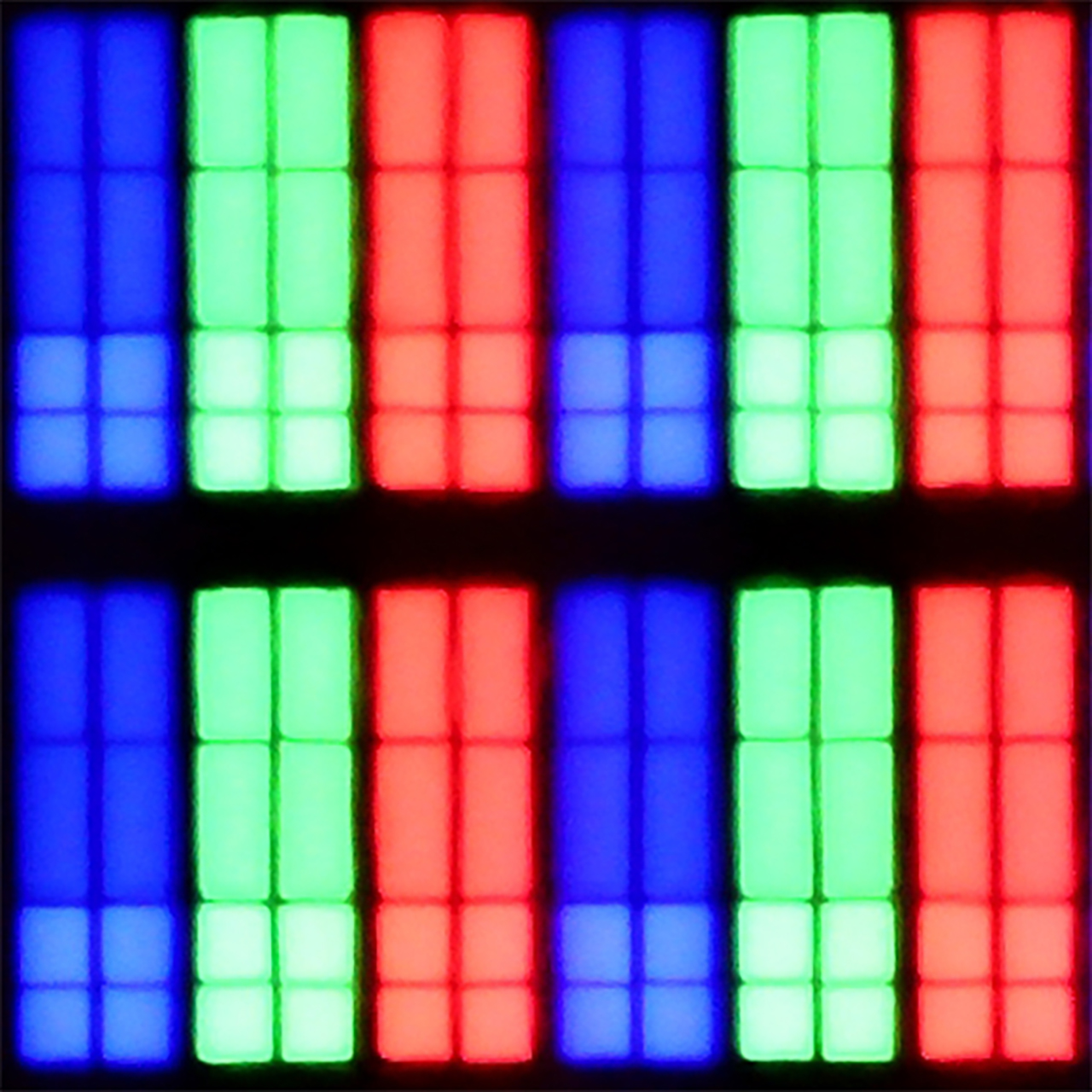
Panel uniformity and thermal imaging:
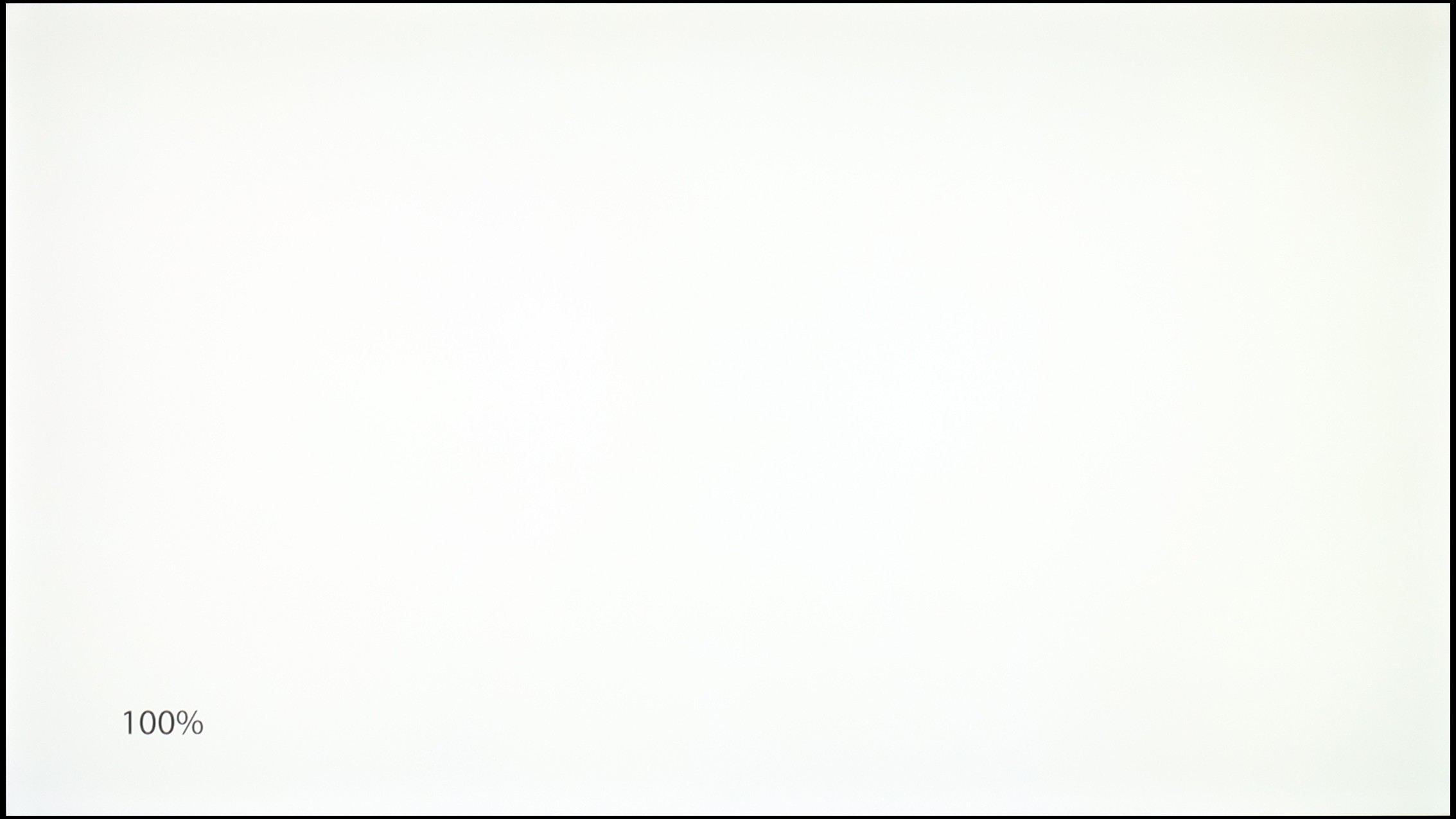

Hisense E8Q
Sony BRAVIA 5 (XR5)
TV features
8.9/10
7.6/10
- HDMI inputs2 x HDMI 2.0, 2 x HDMI 2.1 48Gbps2 x HDMI 2.0, 2 x HDMI 2.1 48Gbps
- Other inputsRCA (Chinch)
- OutputsToslink (Optical audio), eARC (HDMI), ARC (HDMI), Mini-Jack (Headphones)Toslink (Optical audio), eARC (HDMI), ARC (HDMI)
- Network InterfacesWi-Fi 2.4GHz, Wi-Fi 5GHz, Ethernet (LAN) 100MbpsWi-Fi 2.4GHz, Wi-Fi 5GHz, Ethernet (LAN) 100Mbps
- TV receptionDVB-T, DVB-T2, DVB-S, DVB-S2, DVB-CDVB-T, DVB-T2, DVB-S, DVB-S2, DVB-C
Classic features:
- Recording to USB (terrestrial TV)
- Recording programming
- Picture in Picture (PiP)
- RF remote control (no need to aim at the screen)
- Backlit remote control
- Teletext
- Audio only mode
- Bluetooth headphones support
- Simultaneous Bluetooth headphones & TV audio
Smart features:
- AirPlay
- Screen mirroring (Windows Miracast)
- Voice search
- Voice search in native language
- Ability to connect a keyboard and mouse
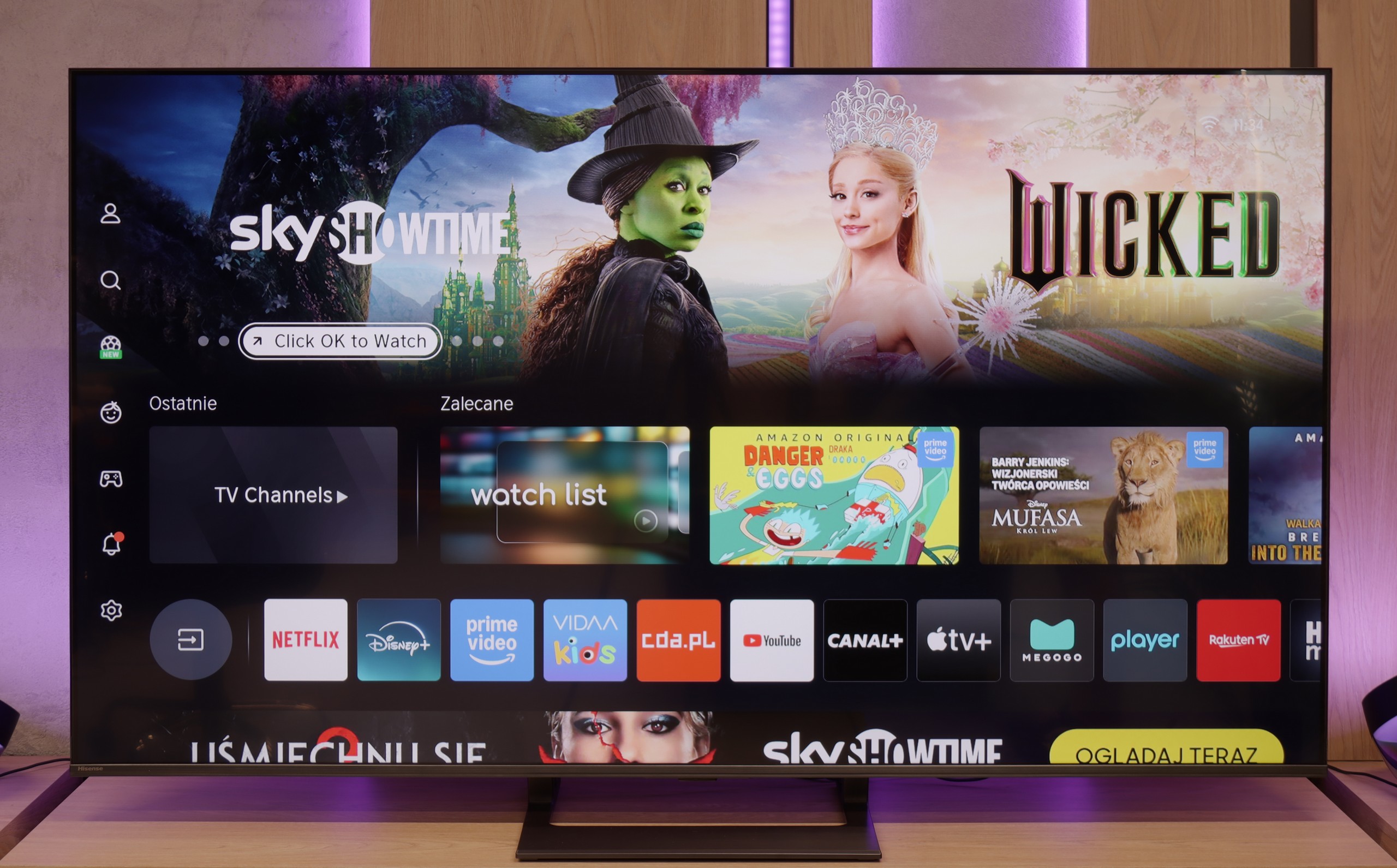
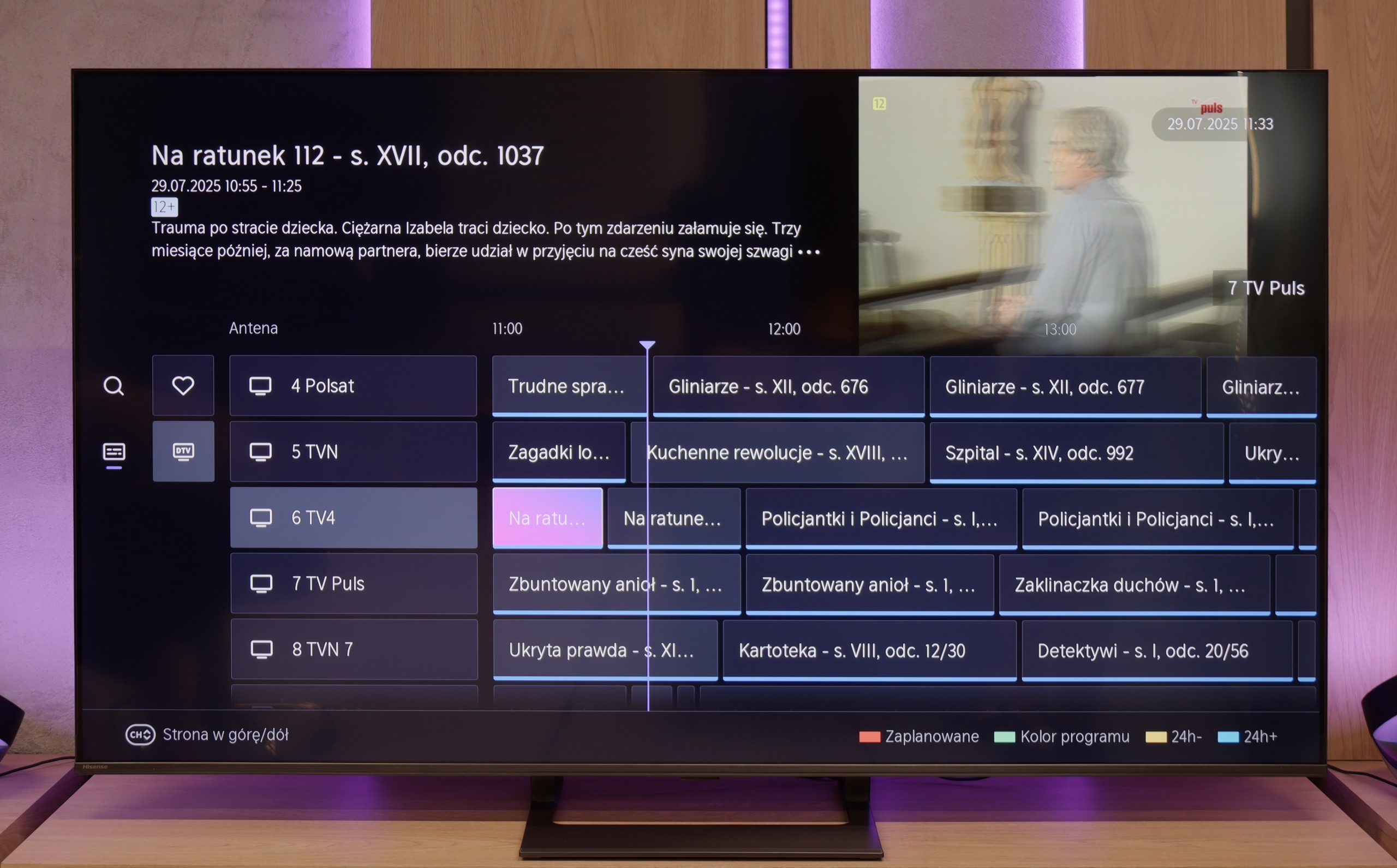
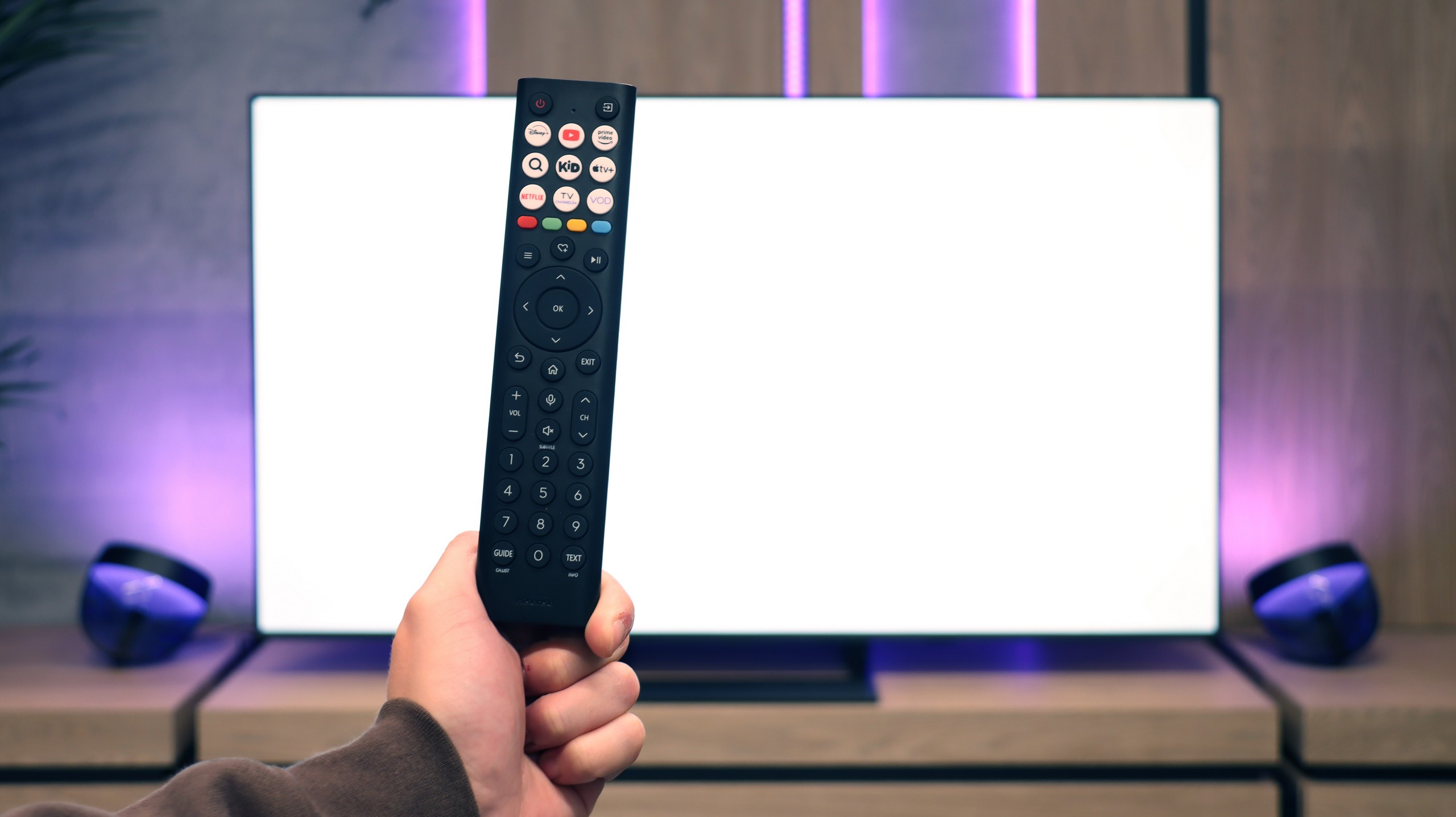





Classic Features – E8Q
The Hisense E8Q is not just equipment for gamers or movie enthusiasts – it can also serve as an everyday TV for the whole family. We can record programs to USB, connect headphones or speakers via Bluetooth, and the entire interface – including the channel guide – is clear and easy to use. It only lacks a PiP function, but besides that, the set of classic features is really complete.
Smart TV – VIDAA System
The E8Q runs on the VIDAA system, which is becoming more refined every year. Voice search in Polish works flawlessly, and it's easy to stream content from a phone (AirPlay and screen mirroring). The system itself operates smoothly, without hiccups, although – as is often the case with closed platforms – there may be one or two less popular apps missing. It’s worth checking before purchase whether it has everything we use daily.
GoogleTV and SmartTV features
Sony Bravia 5 runs on Google TV, and it must be said that this is one of the best-optimised systems in this brand's offering. The interface works smoothly, with no annoying bugs or bizarre translations, and navigating the menu doesn’t feel like walking through a minefield. Admittedly, there are moments when the whole system catches a slight breath – as if it has its “weaker moments” – but these are rare enough not to spoil the overall impression. We have full AirPlay support, voice search with Google AI assistance, and the ability to download practically any app that comes to mind. The only drawback in tests turned out to be the screen mirroring function, which theoretically should work with laptops and phones, but in practice proved almost useless – there was no stable image on Windows and Android.
User features
From the perspective of classic functionality, the Bravia 5 performs solidly and practically. A big plus is the presence of two remotes – one is a slim, modern smart remote, while the other, although operating via infrared, has a classic numeric keypad. This way, we can always choose which one suits the situation better. The EPG, or electronic programme guide, is clear and allows you to programme recordings to a USB drive – a seemingly simple solution, but incredibly useful. Additionally, the TV supports connecting a variety of devices: from an amplifier or soundbar via HDMI eARC, to headphones and other wireless accessories via Bluetooth. This is a set that makes the TV not just a screen, but a well-thought-out home entertainment centre.
Playing files from USB
8.2/10
8.9/10
Supported photo formats:
Maximum photo resolution:
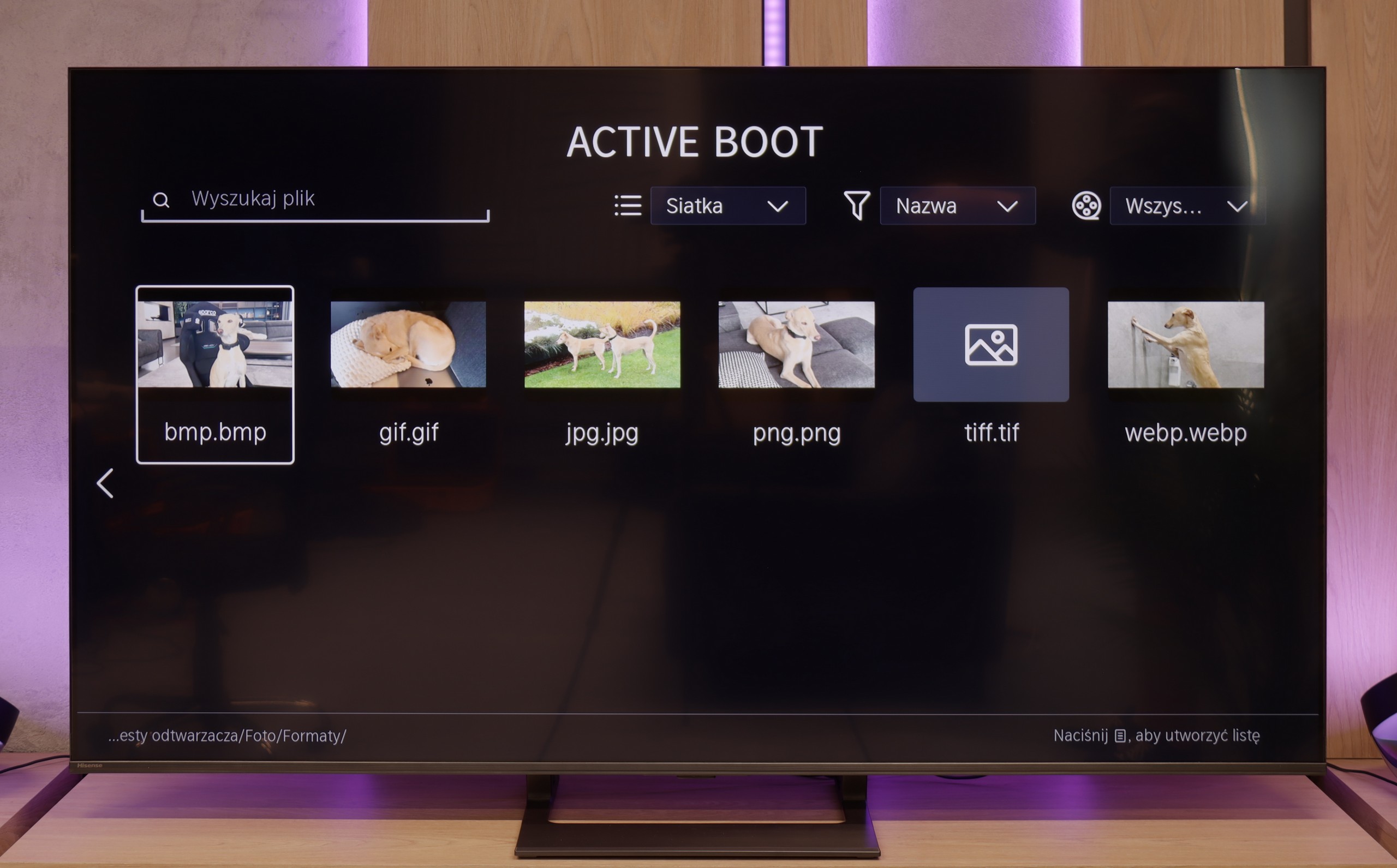

The built-in media player in the E8Q performs quite well. It supports most popular video and audio formats, and files from USB drives or external disks play without major issues. Polish characters? They're supported. Subtitles? They work. The only minor drawback is the occasional problem with displaying high-resolution images – especially those from cameras or smartphones. So if you're planning to show holiday photos on the big screen, it’s worth checking beforehand that they all load correctly from the memory of the disk or USB drive.
Bravia 5 handles multimedia playback from USB quite efficiently. In practice, nearly everything works – movies, music, photos – although of course we encountered some minor issues. Some subtitles can be troublesome, as can exotic photo formats, which were not always correctly recognised. However, this is standard in the world of televisions, and it's hard to take it too seriously. A significant advantage, though, is that thanks to Android, we are not limited to the system player. It's enough to install an external app, like VLC, and all restrictions disappear. This is the strength of this system – the manufacturer does not confine us to their ecosystem, but rather gives us the freedom of choice.
Apps
7.7/10
9.6/10














































Sound
7.2/10
7/10
- Maximum volume85dB84dB
- Dolby Digital Plus 7.1
- Dolby True HD 7.1
- Dolby Atmos in Dolby Digital Plus (JOC)
- Dolby Atmos in Dolby True HD
- DTS:X in DTS-HD MA
- DTS-HD Master Audio
Here unfortunately, the Hisense E8Q didn’t make the best impression on us. Although on paper it has speakers with a power of 40 W (which is just a bit less than 50 W in the U7Q), in practice the difference is significant – and unfortunately not in favour of the E8Q. During testing, it quickly became clear that something wasn’t right. When the volume was turned up above 40–50%, the entire back casing began to resonate, and unpleasant crackling sounds emitted from the TV. Even during regular viewing, it was hard not to notice this, and definitely hard not to hear. In this form, it’s difficult to talk about listening comfort. We don’t rule out that it was a problem with a specific test unit, but still – it’s worth keeping this in mind. If you care about good sound, consider connecting a soundbar or… go for the U7Q, which definitely performs better.
Bravia 5 positively surprises in terms of audio. The sound is pleasant, with a slightly noticeable bass thanks to the proprietary Bass Reflex speakers. Overall, it plays loudly, clearly, and definitely above average for a television – 40 W power in a 2.2 setup is an impressive result in this class. The placement of the speakers on the sides of the casing also plays a significant role, as it allows the sound to fill the room and creates a sense of space. However, one should not get carried away with optimism. This is still not the level of even the simplest soundbar. The Bravia 5 performs excellently in everyday use, but for those who enjoy strong sound and a cinematic effect, additional audio equipment will be a must – as is the case with nine out of ten televisions available today on the market.
Acoustic Measurements
85dBC (Max)
75dBC
84dBC (Max)
75dBC


